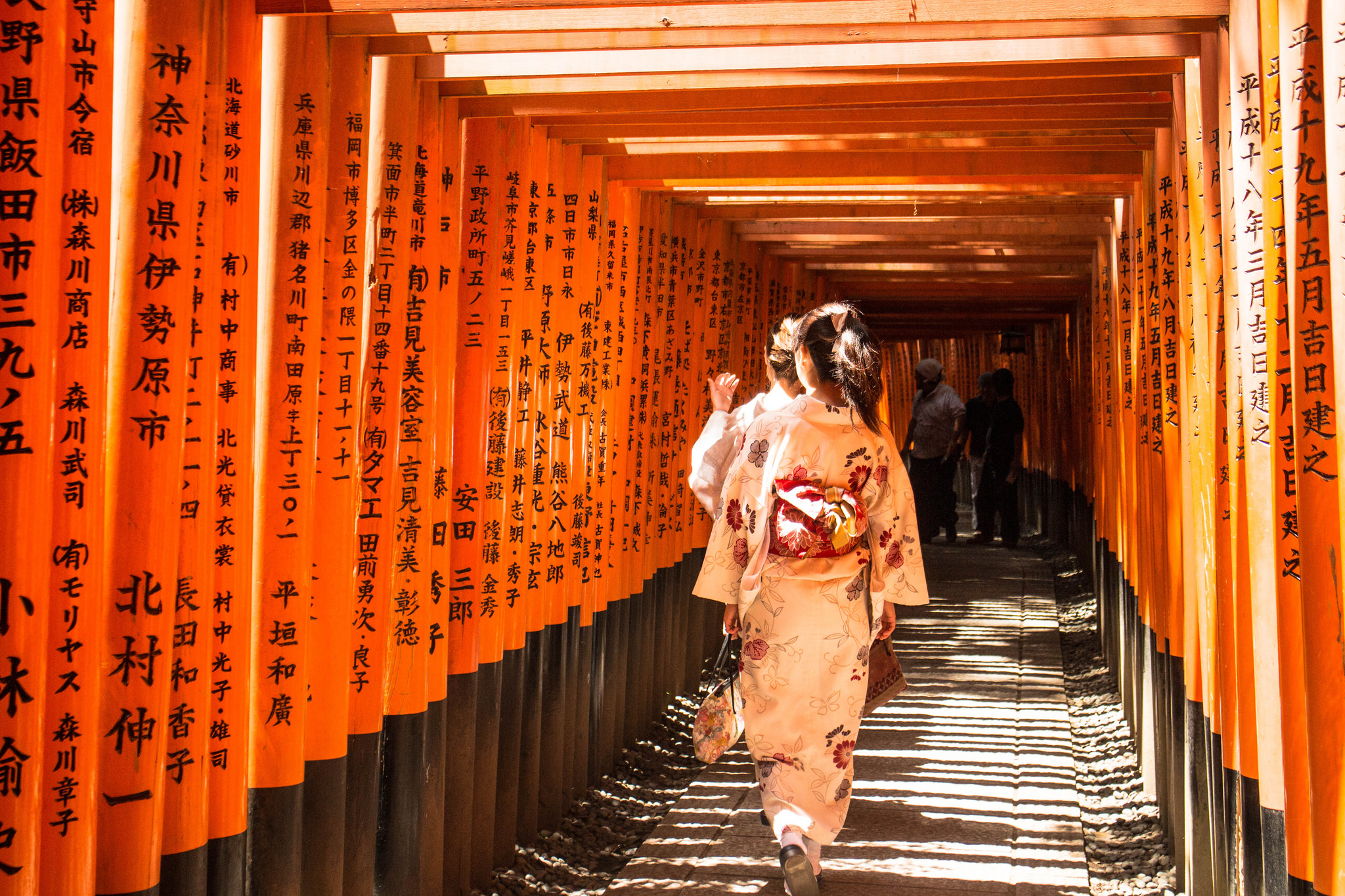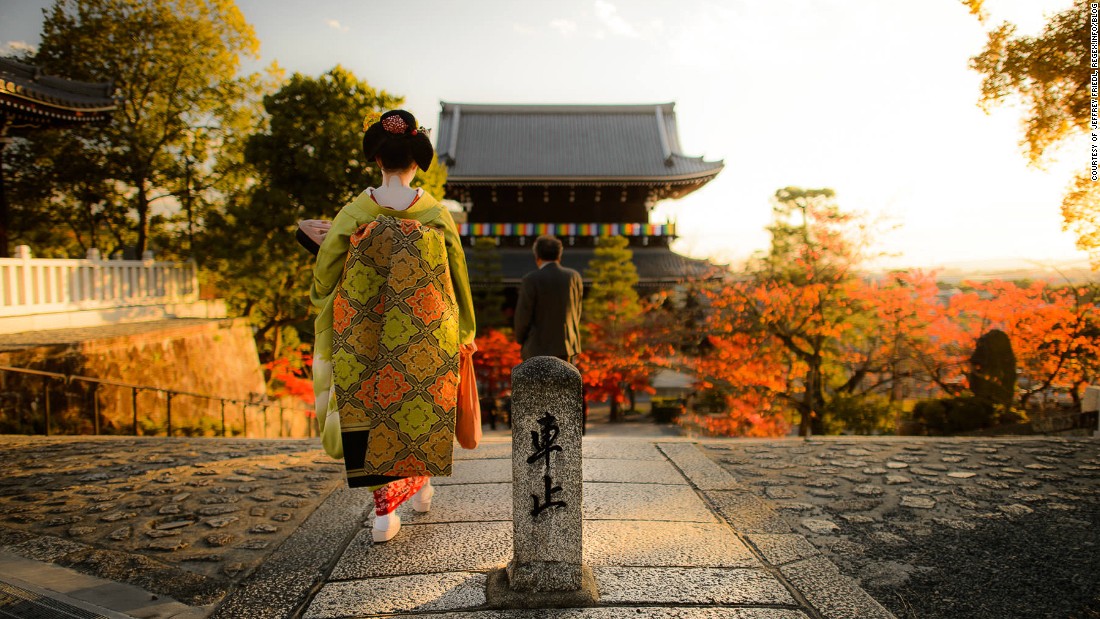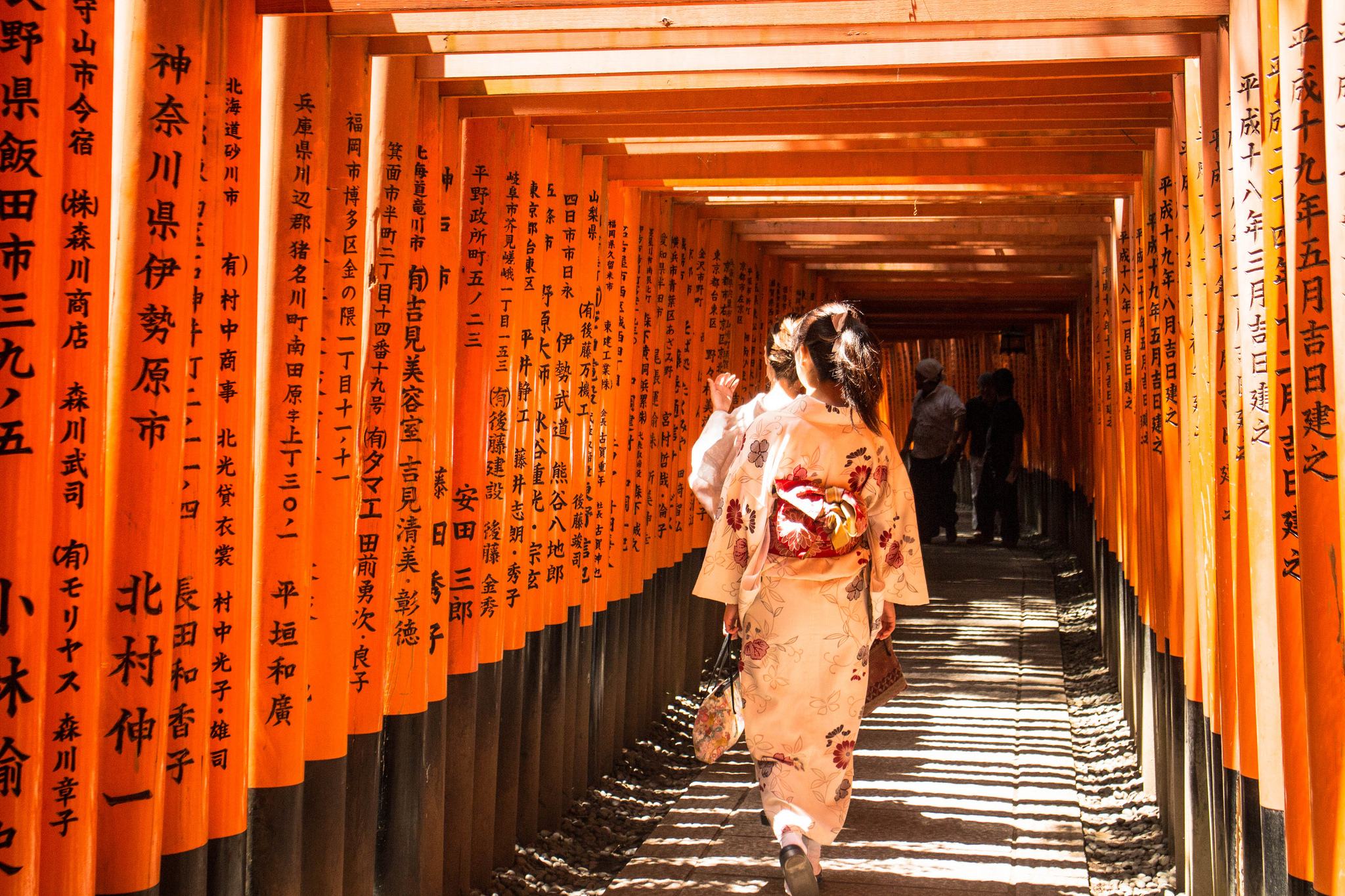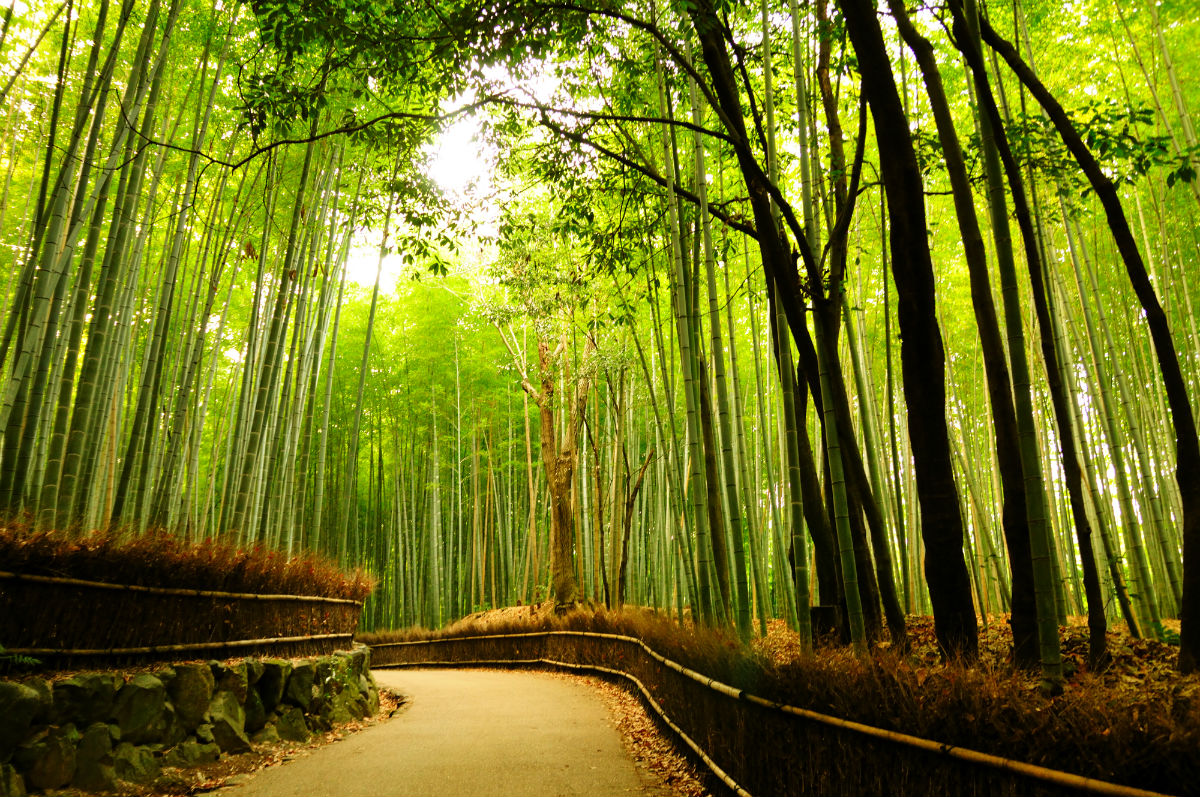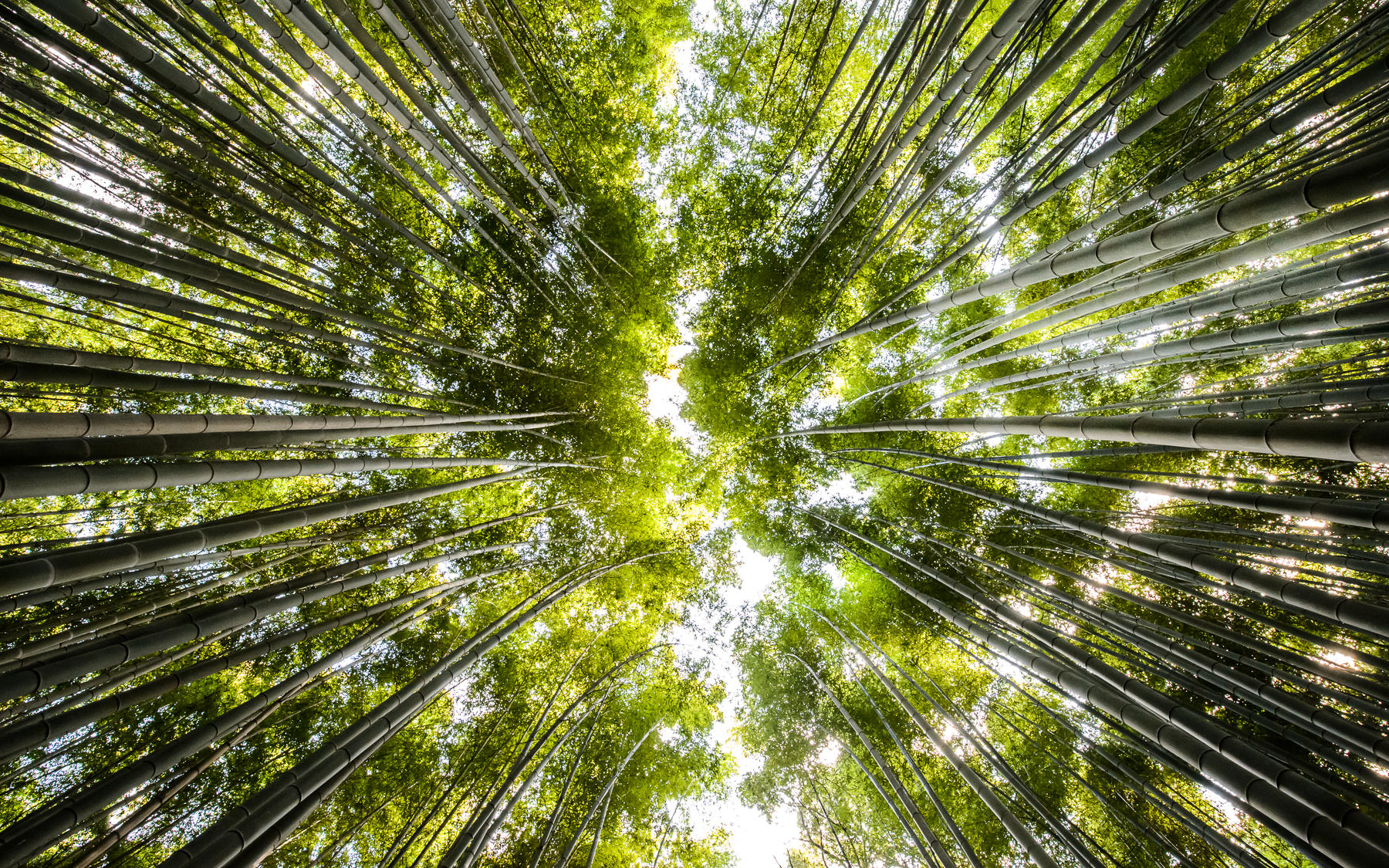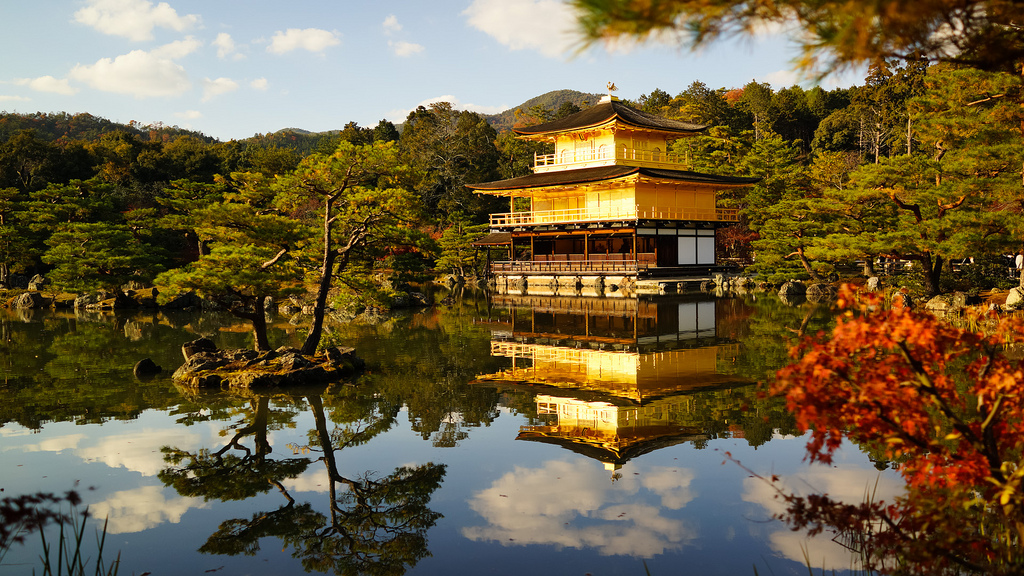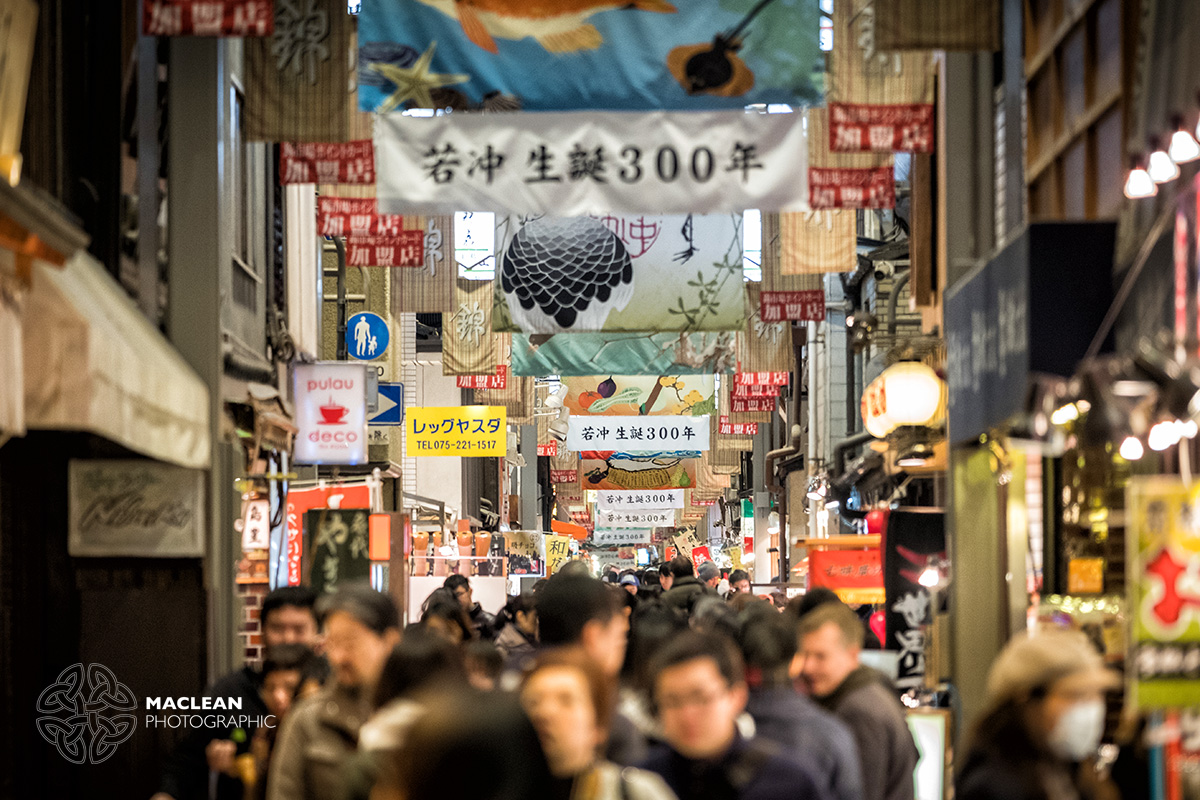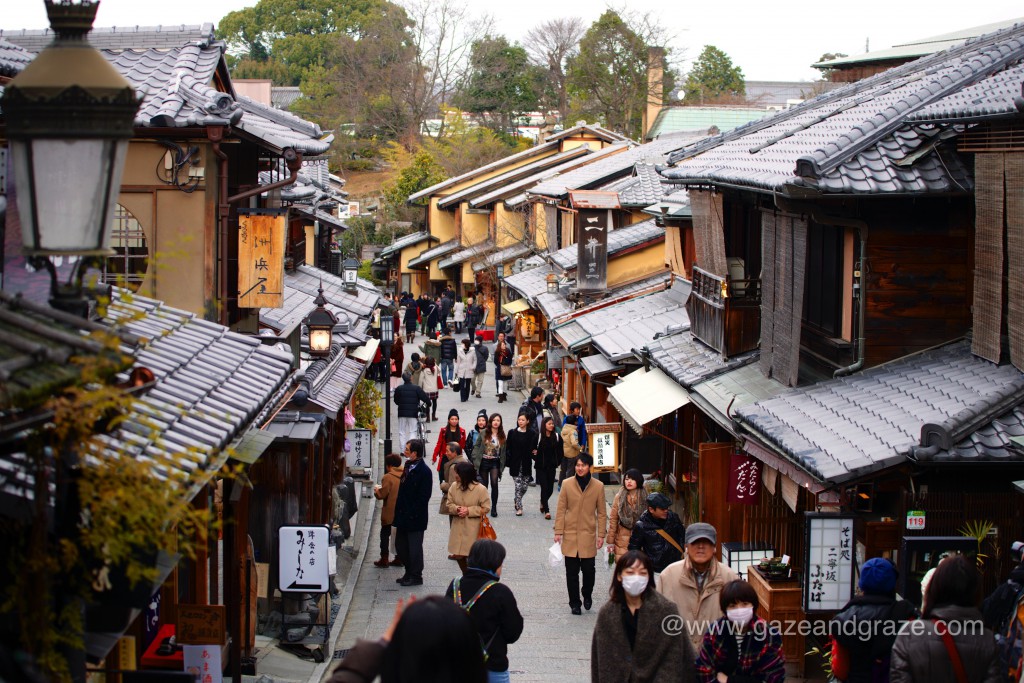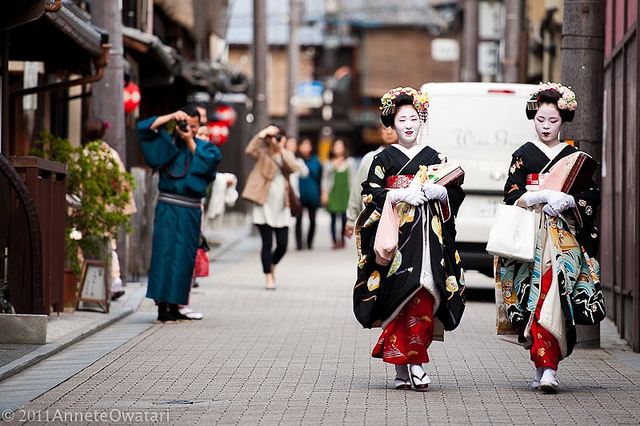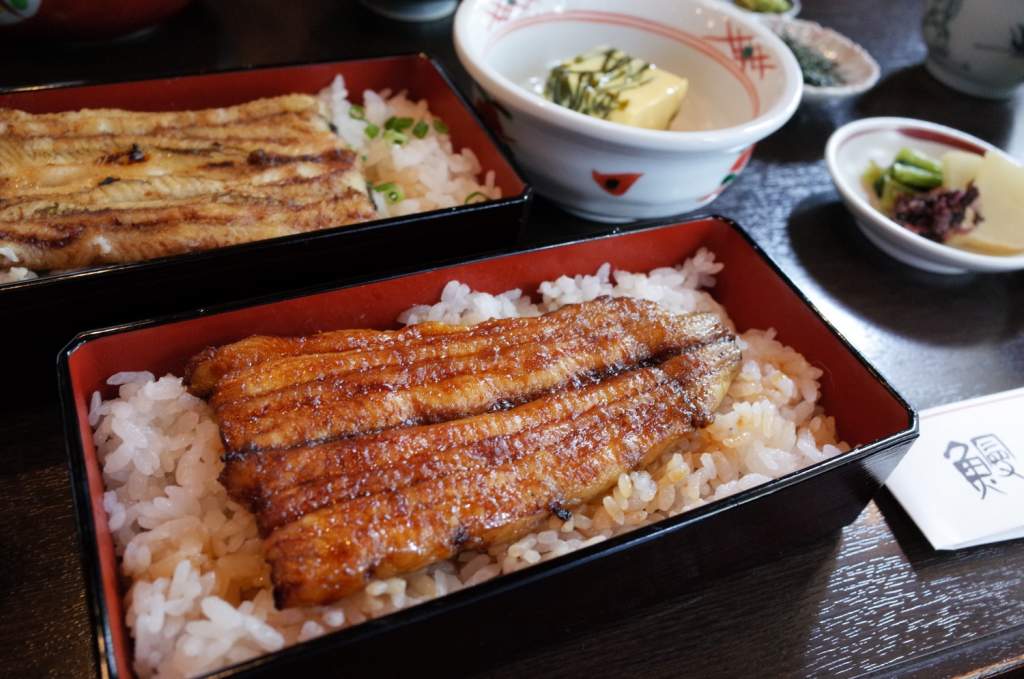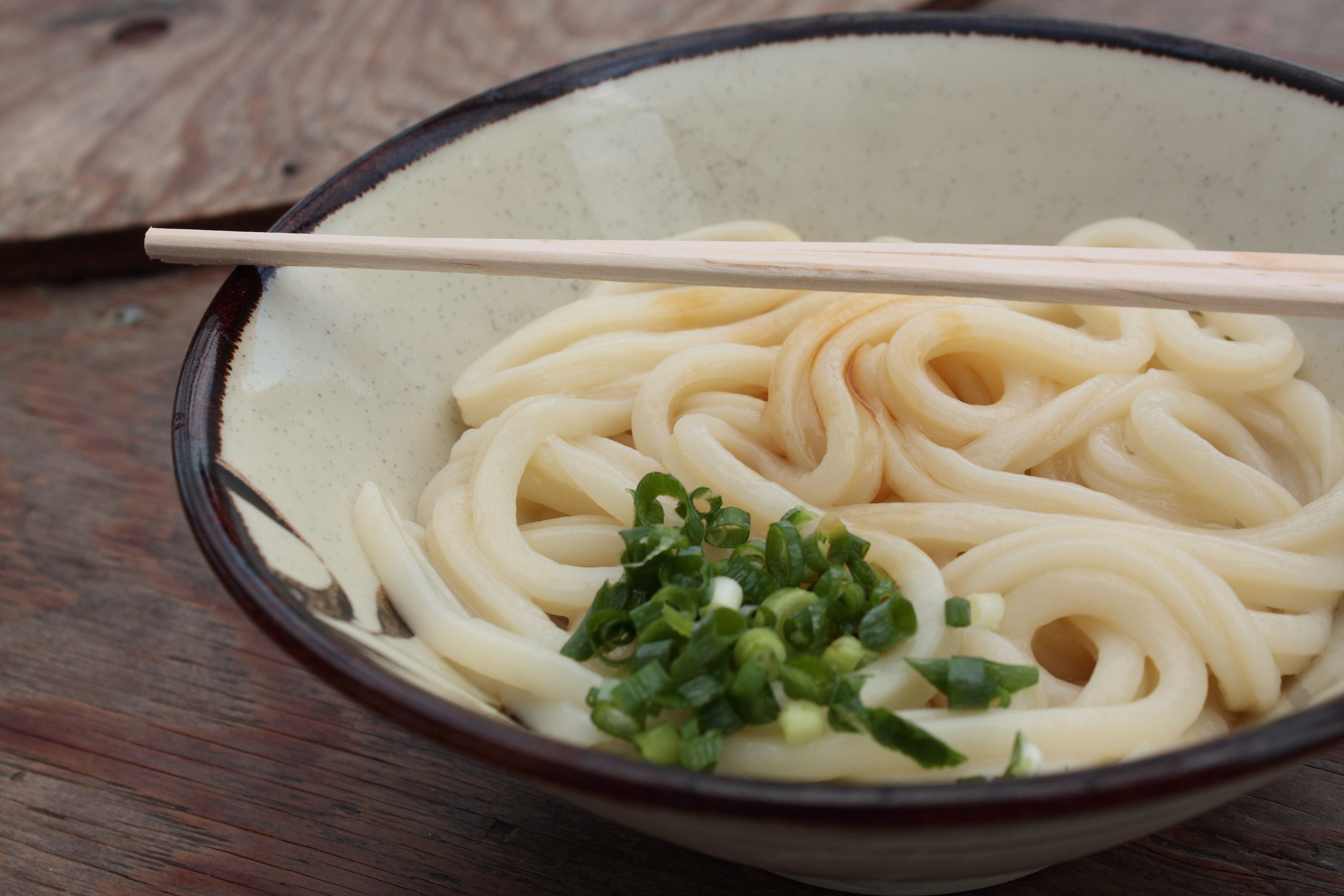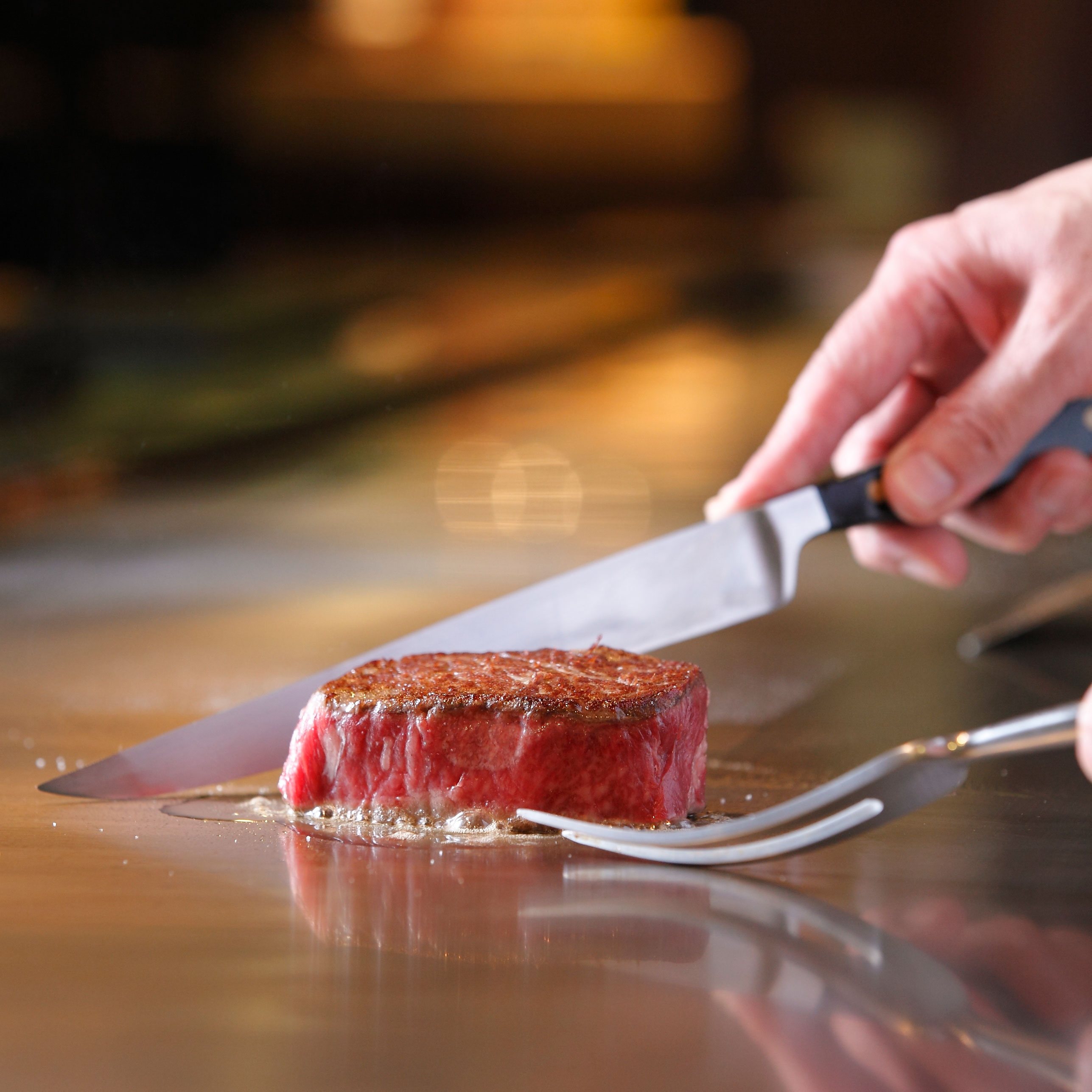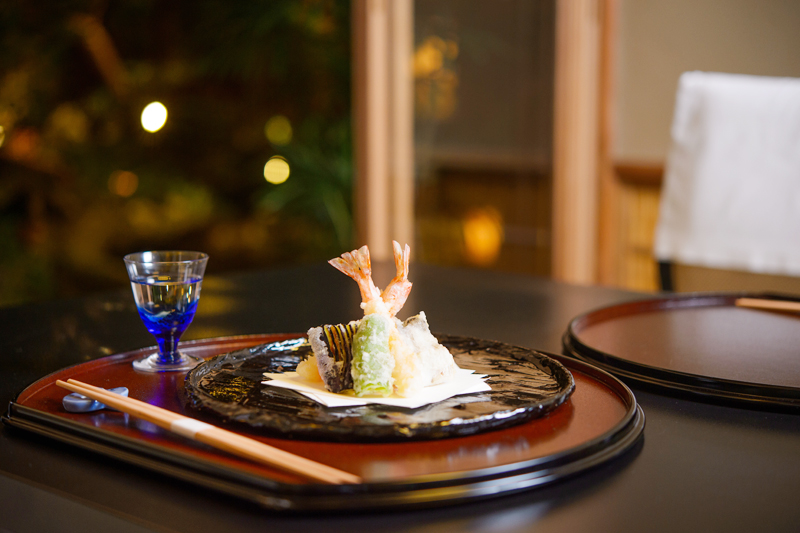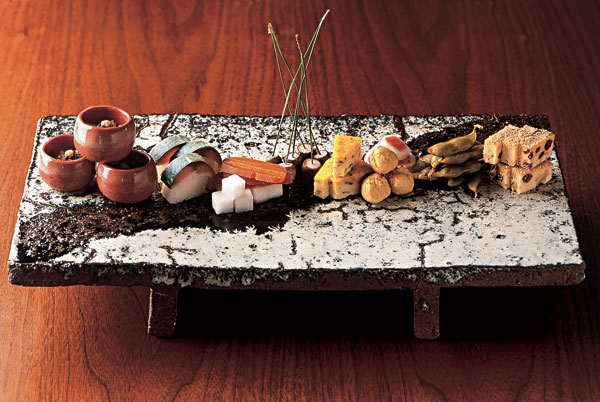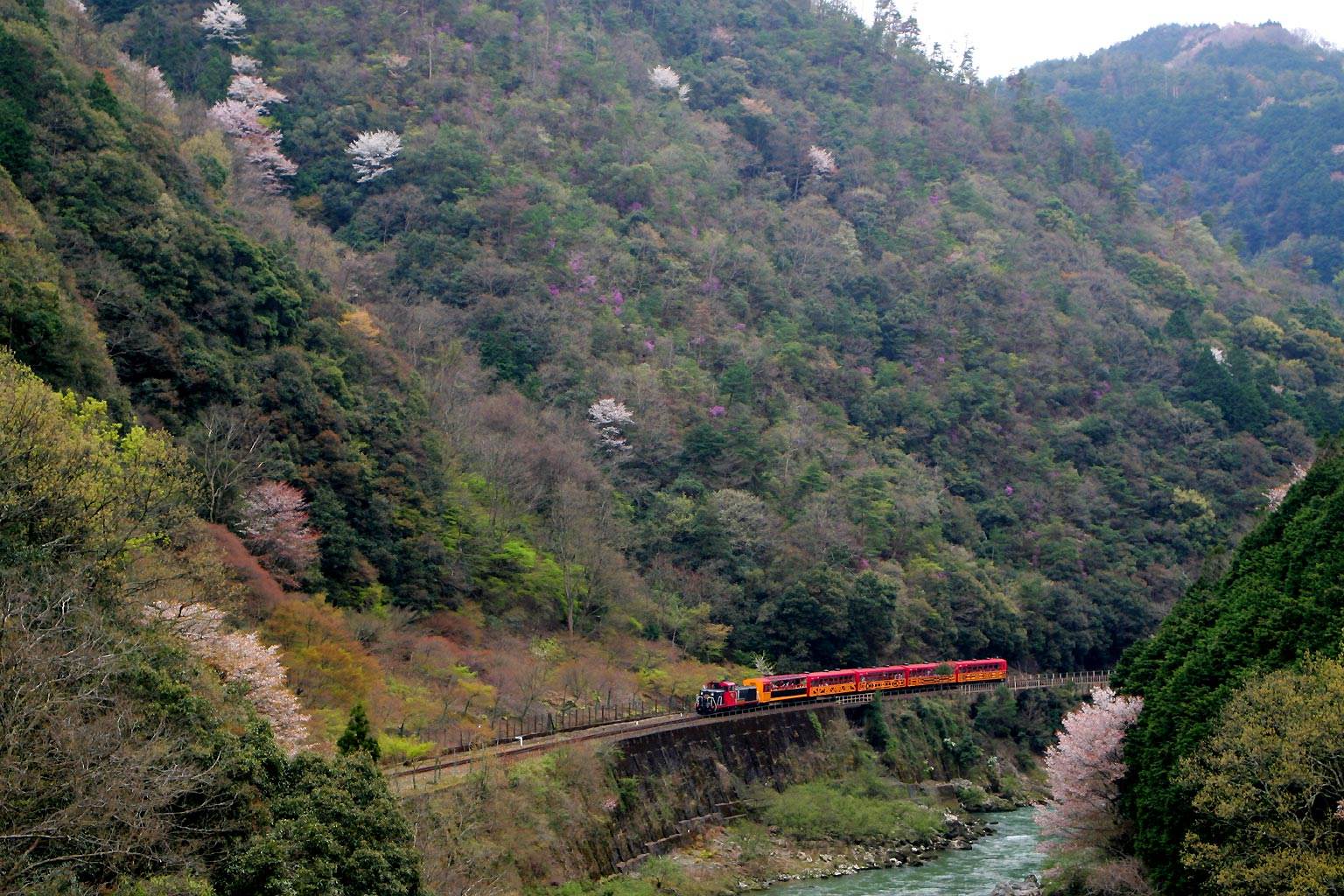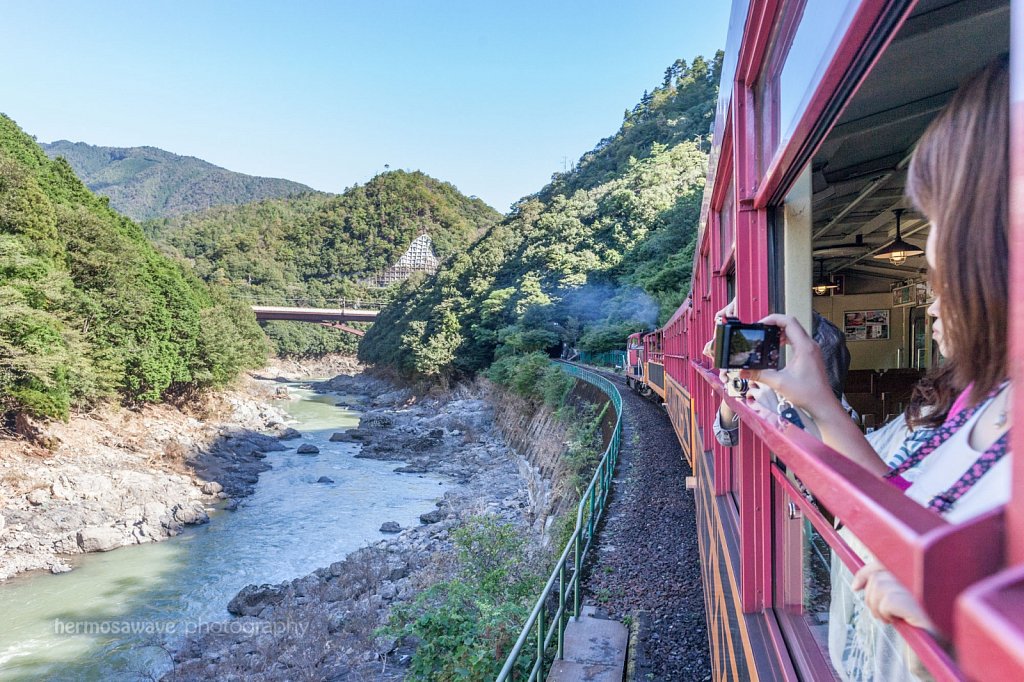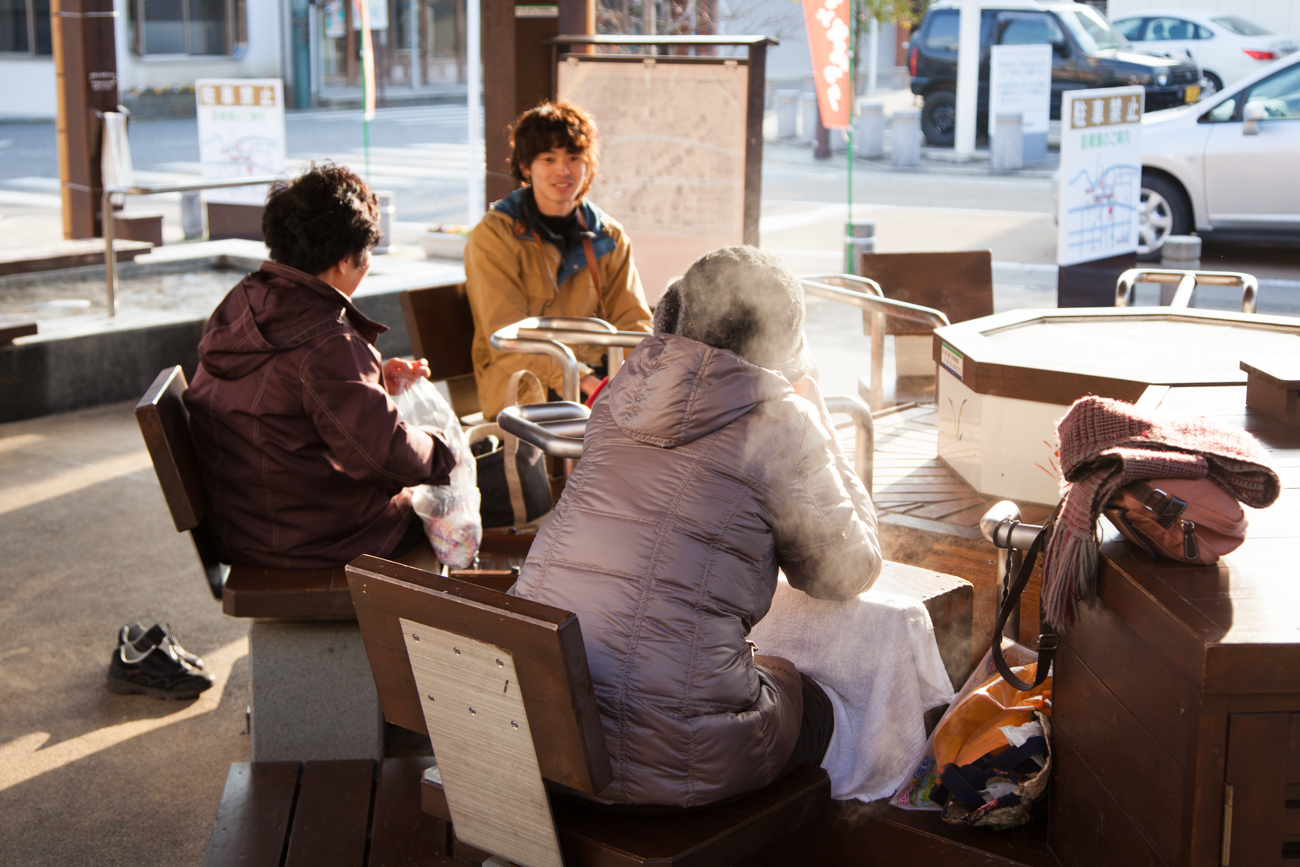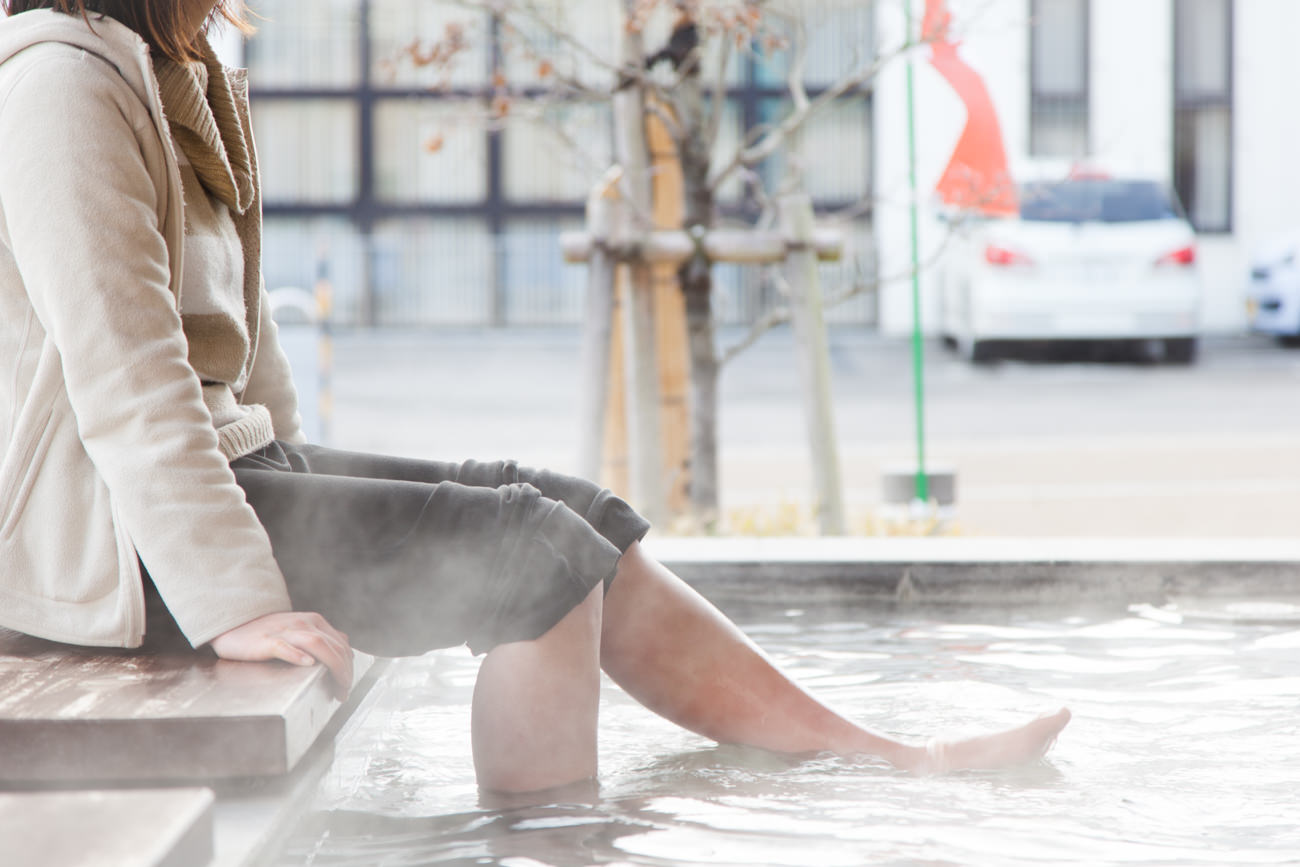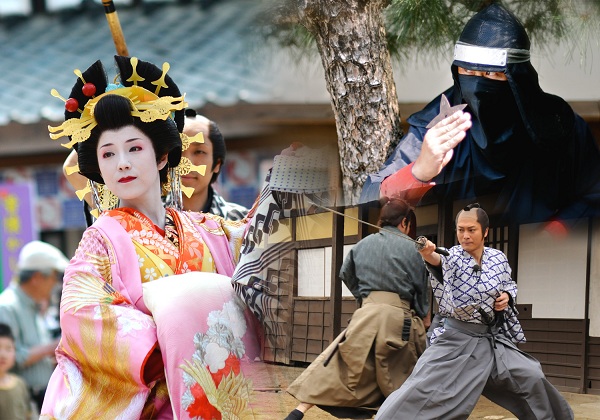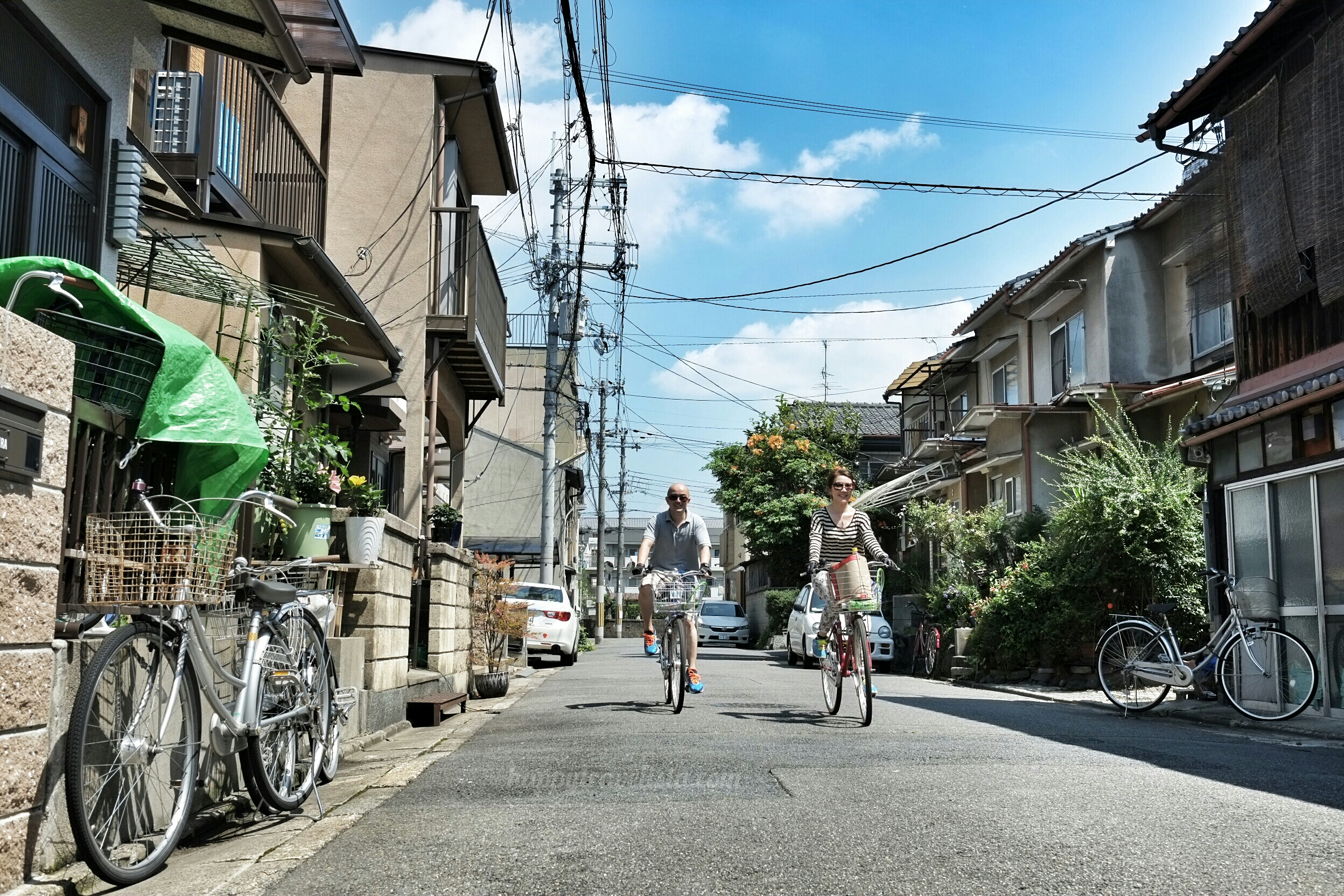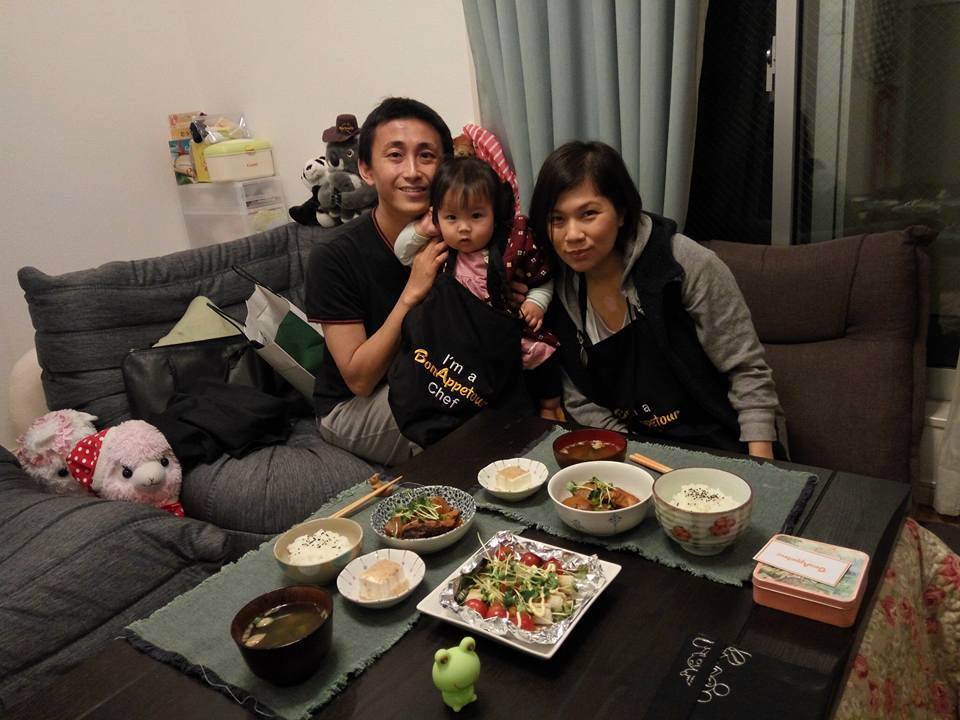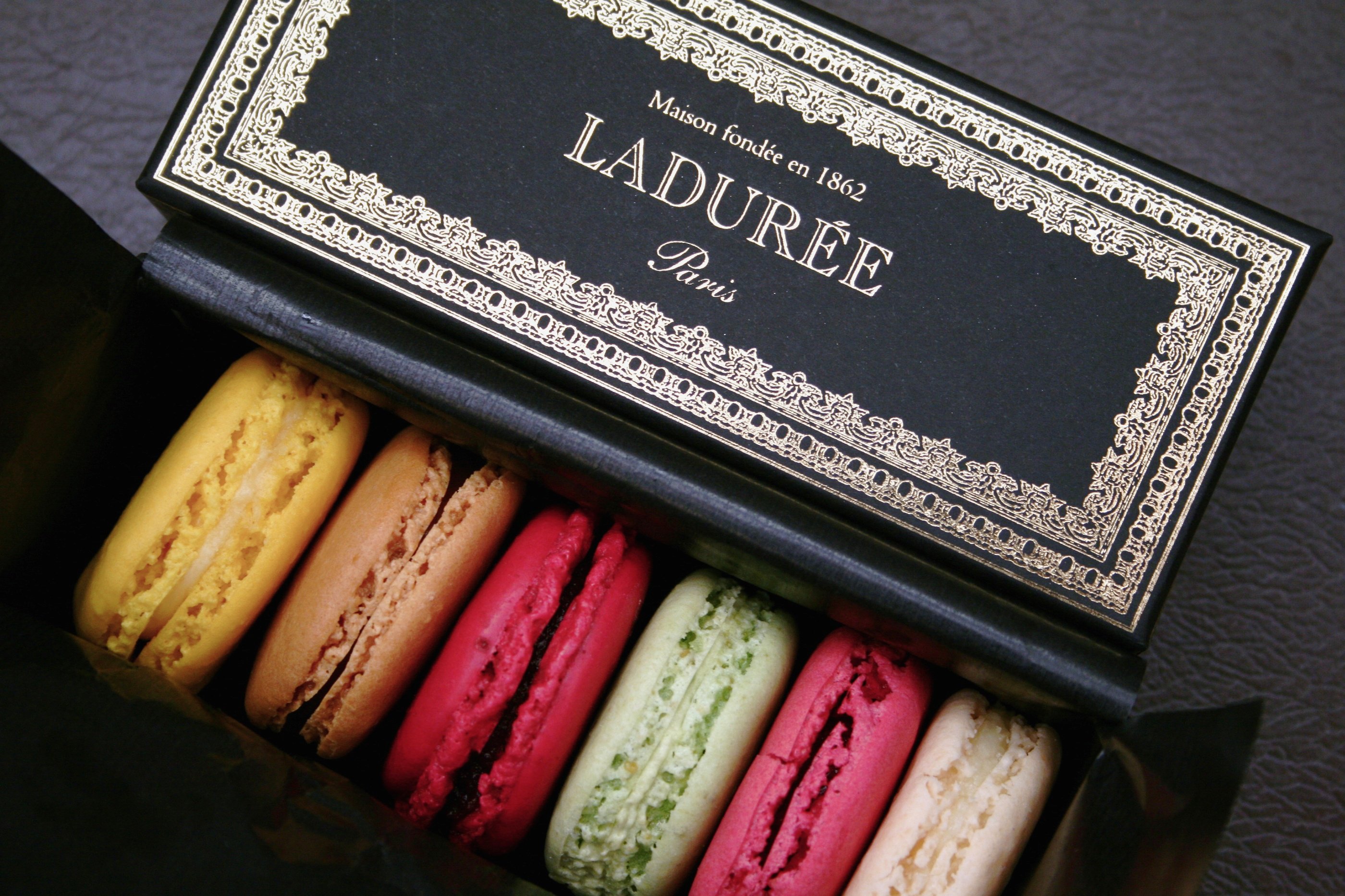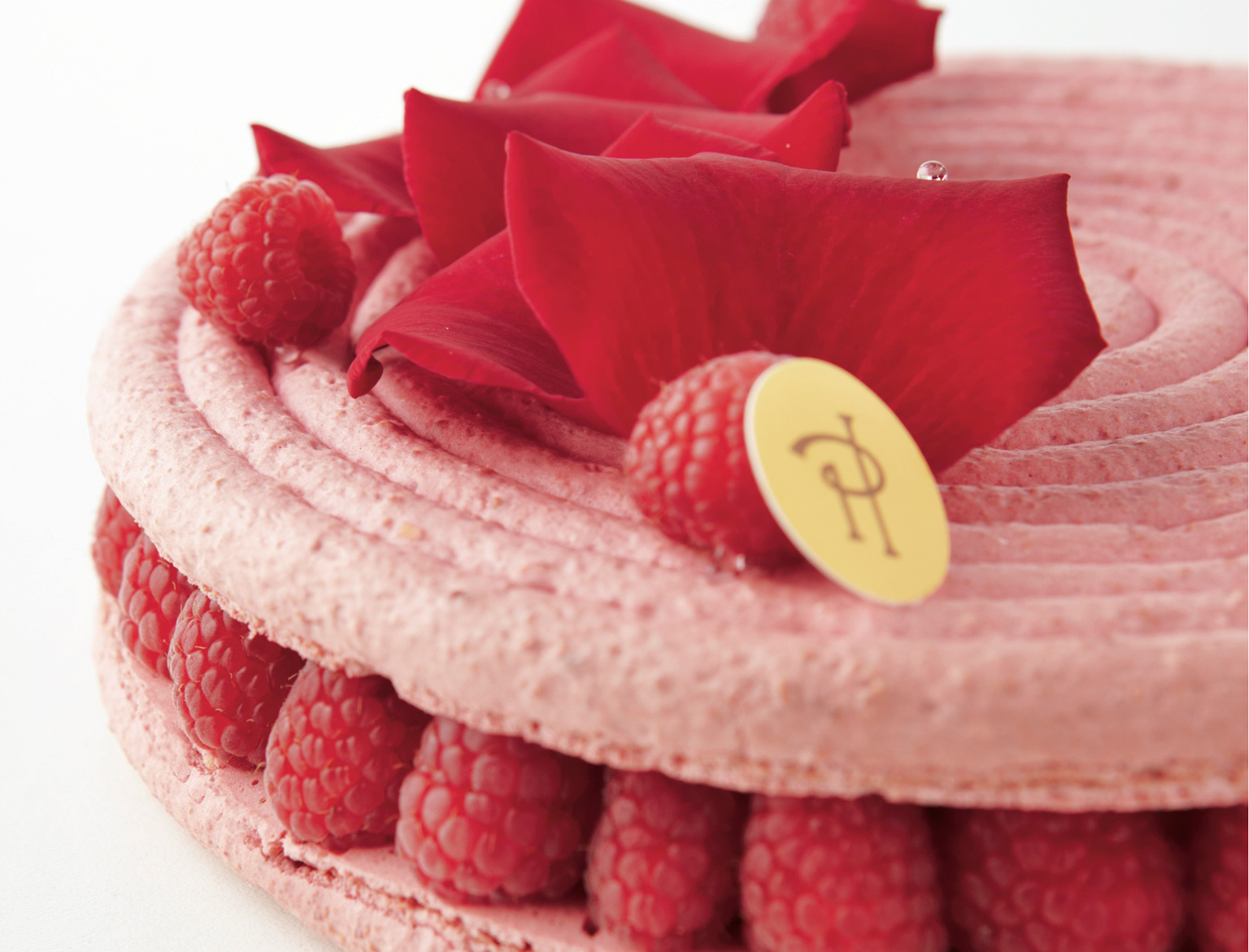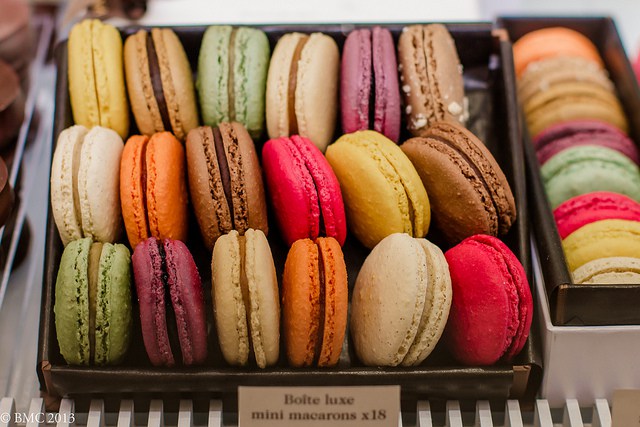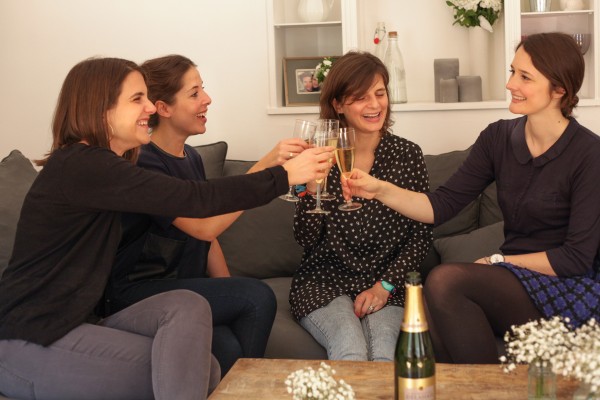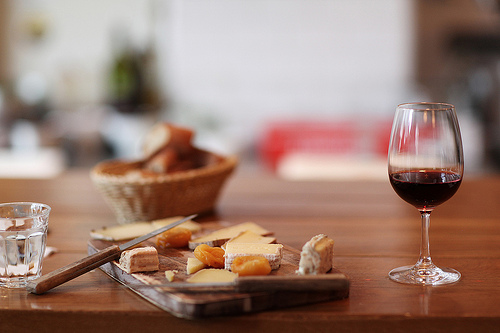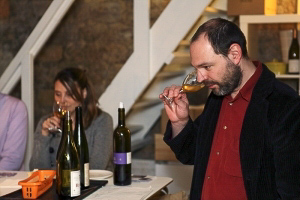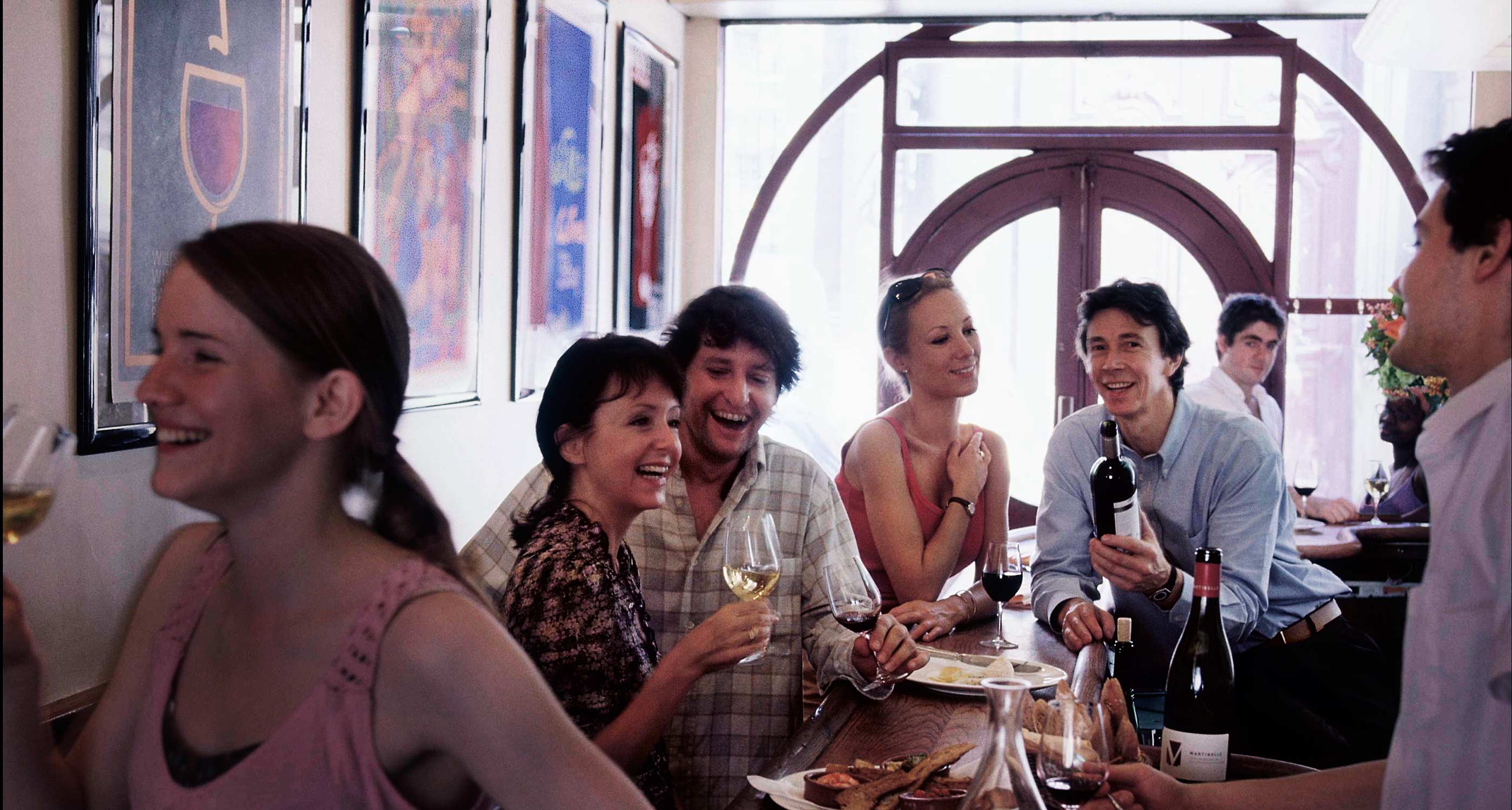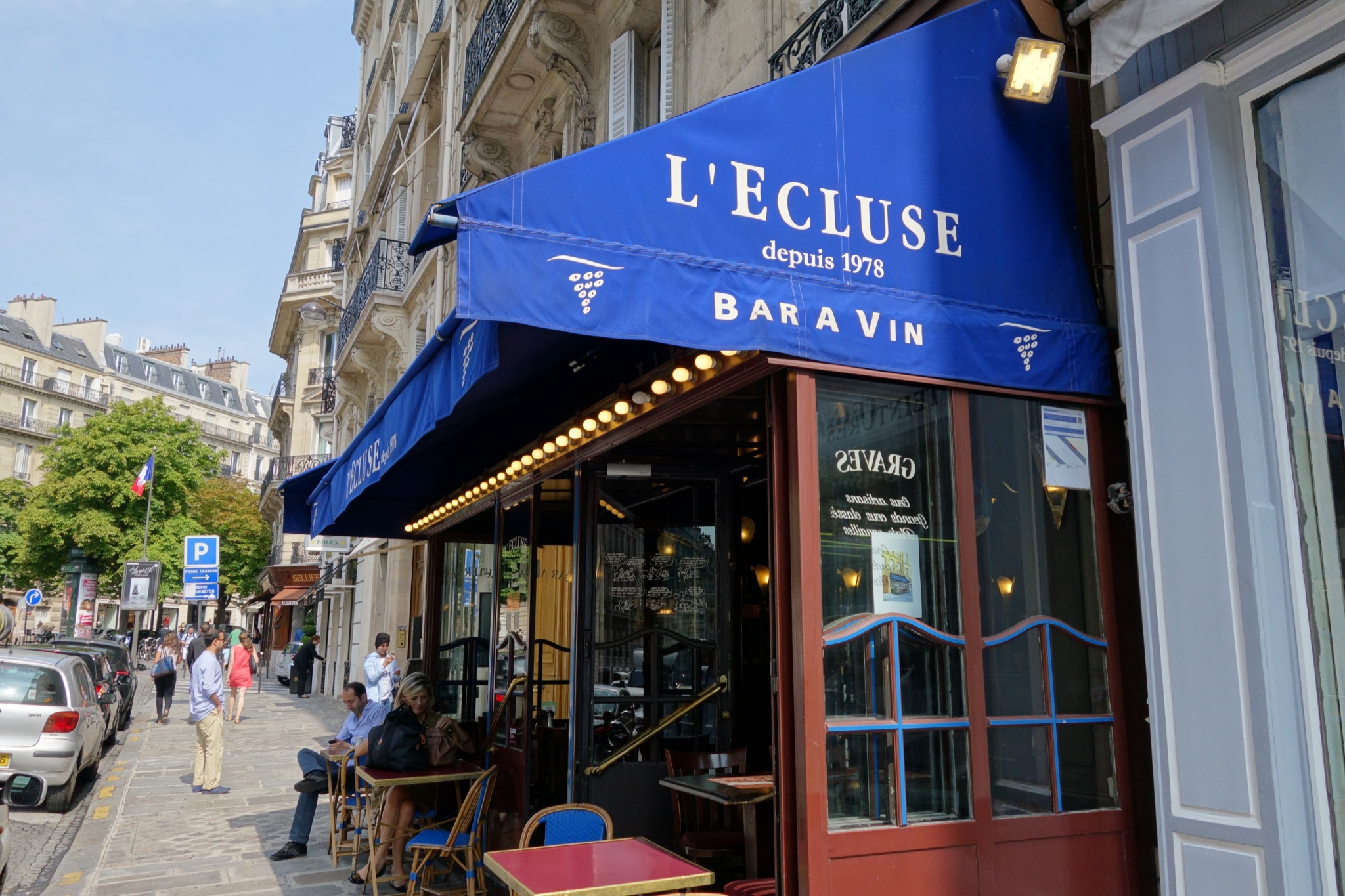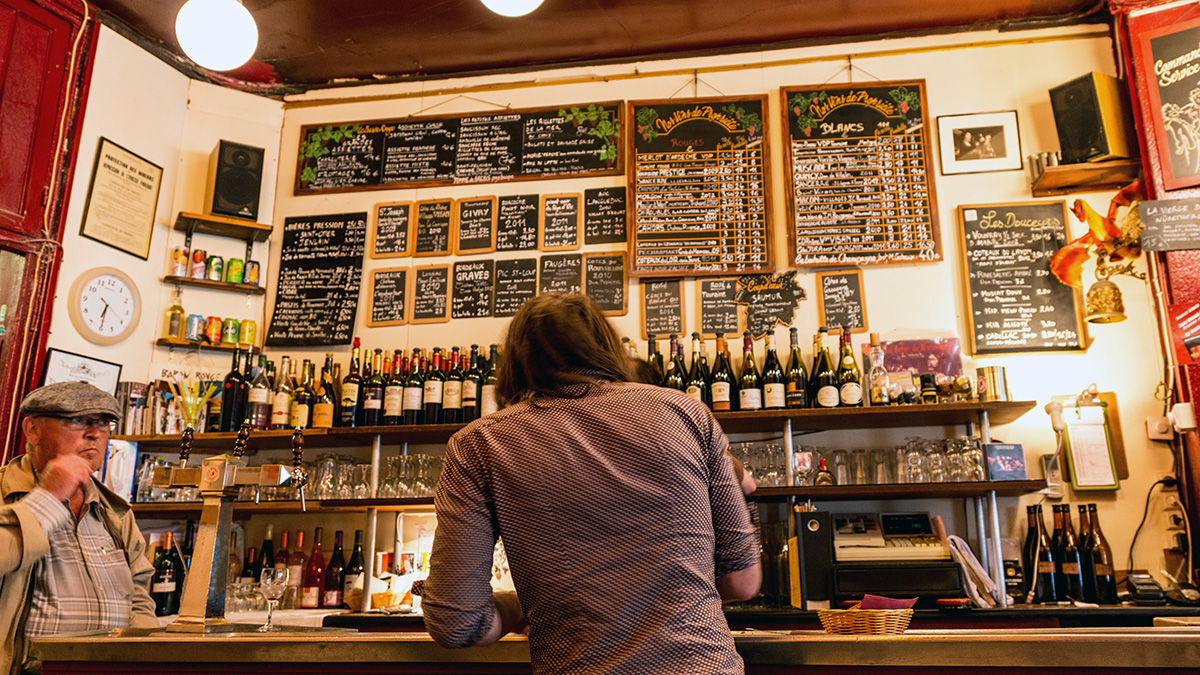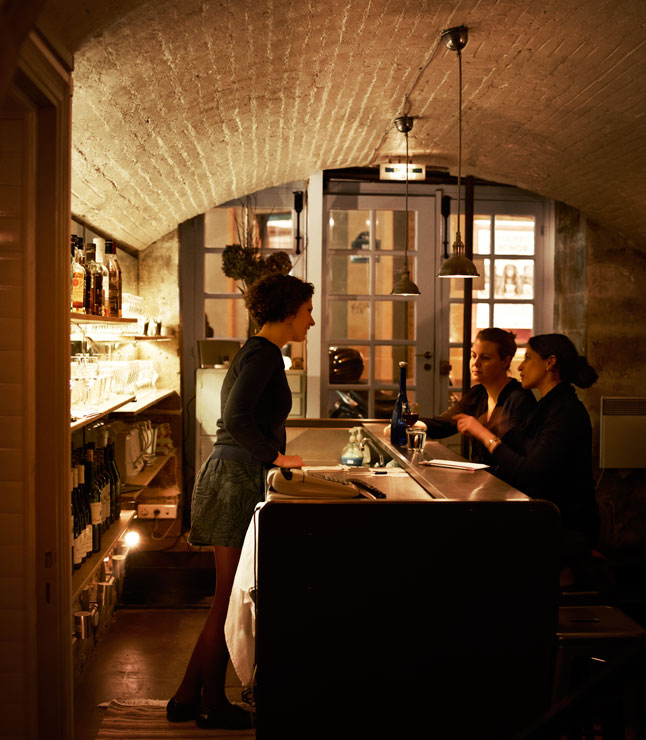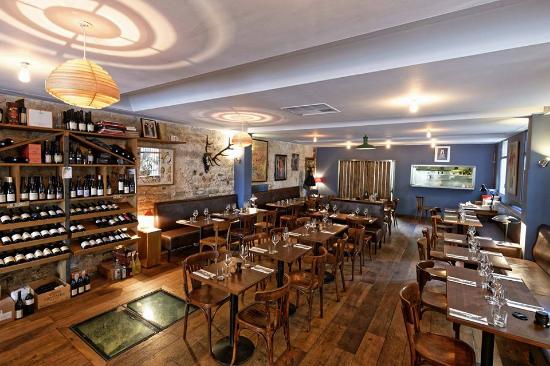A Traveller’s Food Guide to Osaka
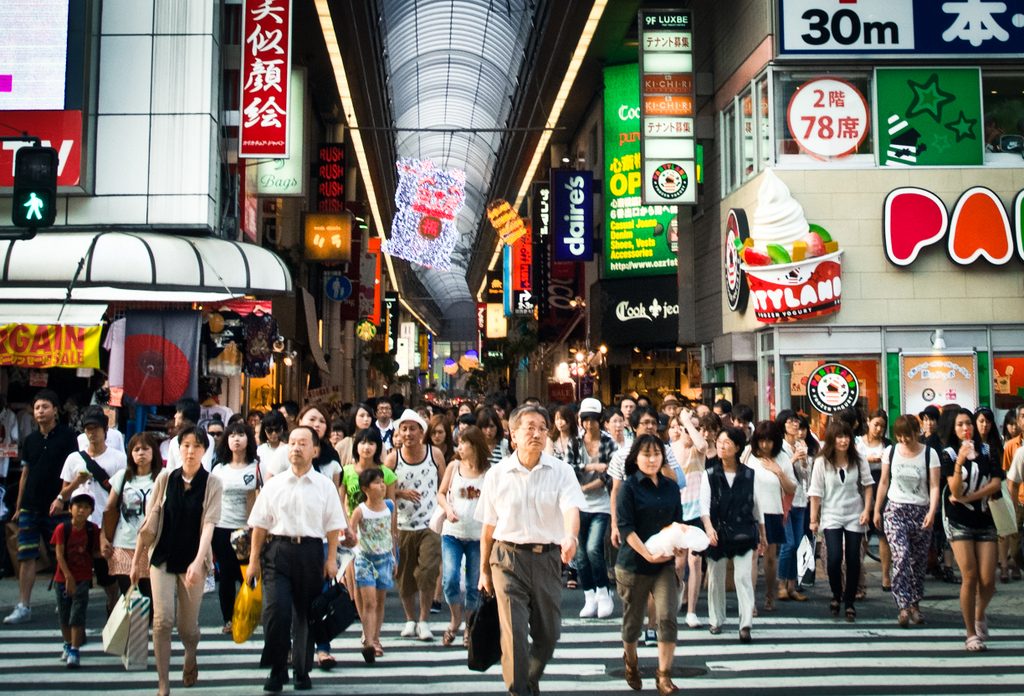
‘First we eat, then we do everything else’ – M.F.K. Fisher. And that is what you should do in Osaka!
Known as ‘tenka no daidokoro’ or “Nation’s Kitchen’ in the olden days, Osaka was a thriving port with access to goods from all over the world. With a nickname like that you know why foodies from all around the world pay Osaka a visit when they are in Japan. And you can rest assured that every meal you have in Osaka will pretty much be a good one.
While typical Japanese foods that come to mind would include sushi, ramen and udon, you will soon realise that you have barely scratched the surface. From the ingredients to the ancient techniques Japanese chefs use, Osaka has so much more to offer the tourist and traveler seeking an authentic dining experience.
With countless of restaurants and street stalls, this guide aims to present you with the top picks of the entire city that you HAVE to try on your first trip to Osaka!
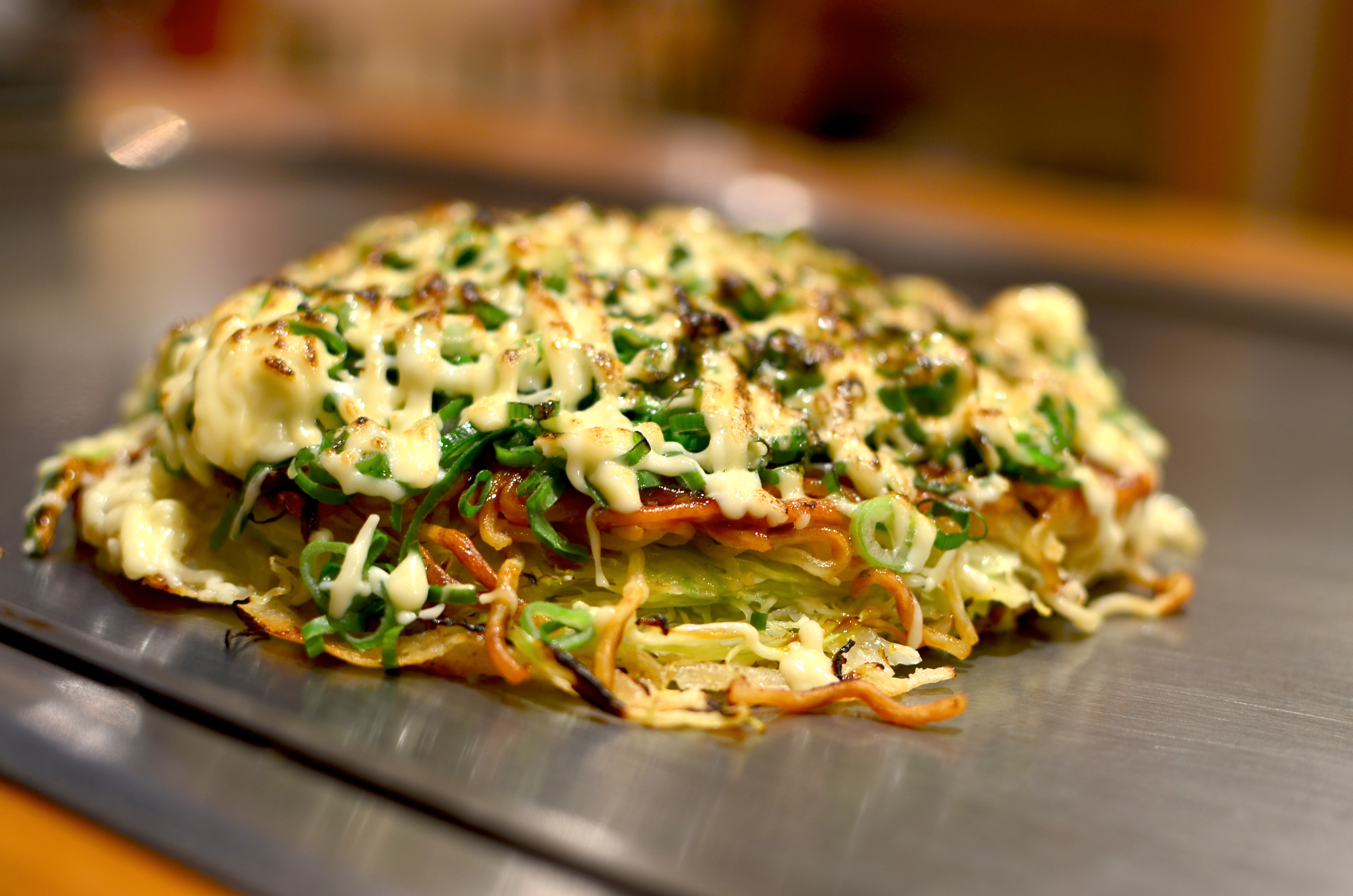
1. Okonomiyaki – Houzenji SanPei
Okonomiyaki is one of the most famous dishes in Osaka and definitely a must-try. It is a savoury Japanese pancake made with egg, flour and a variety of other ingredients, which can range from shredded cabbage to sliced meats. ‘Okonomi’ stands for ‘what you like’ or ‘what you want’ and ‘yaki’ means ‘grilled’ or ‘cooked’. Houzenji SanPei serves one of the most authentic versions of Okonomiyaki in Osaka and is where all the locals head to get their fix. The Okonomiyaki served there tastes amazing. You will just have to go and try it for yourself!
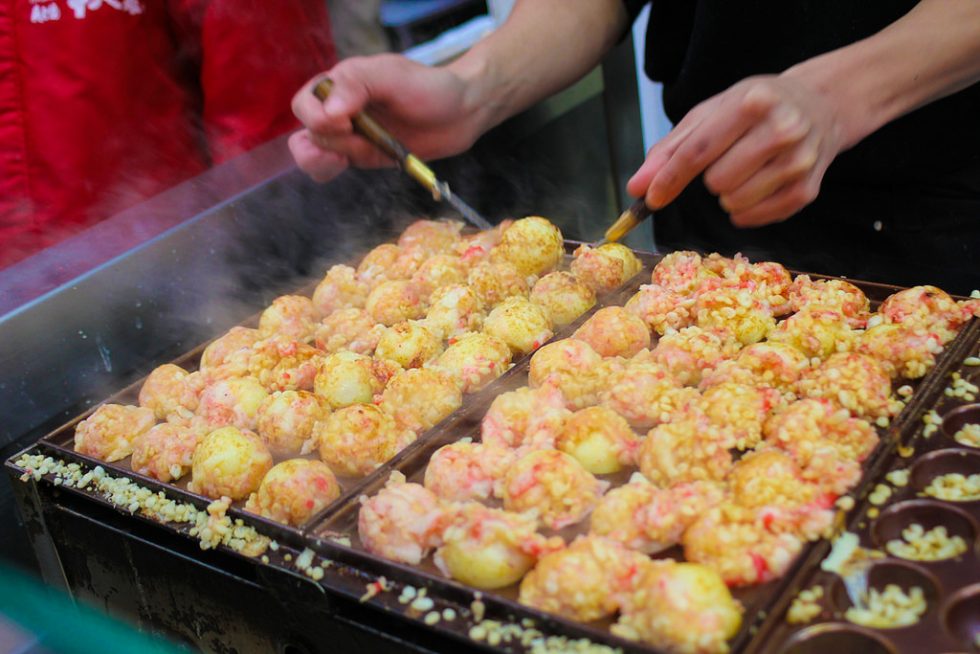
2. Takoyaki Wanaka @ Kuromon Ichiba Market
Takoyaki is known to be one of the most favourite Japanese street foods, especially in Osaka. You can go almost anywhere along the streets of Japan to get some good Takoyaki and they almost never fail. However, Takoyaki Wanaka always has rows of queues in front of its stall.. So what’s so good about it?
In case you aren’t familiar with takoyaki, it is basically octopus covered in a flour batter and cooked till the exterior is nice and crispy – the resulting bite-sized balls are both great in taste as well as texture. They sprinkle an abundant amount of bonito flakes, which just takes this snack to another level of goodness. Do not be afraid of the long queues: they come and go pretty fast, as the service is superb. Waiting time is kept to a minimum but satisfaction is always at the maximum.
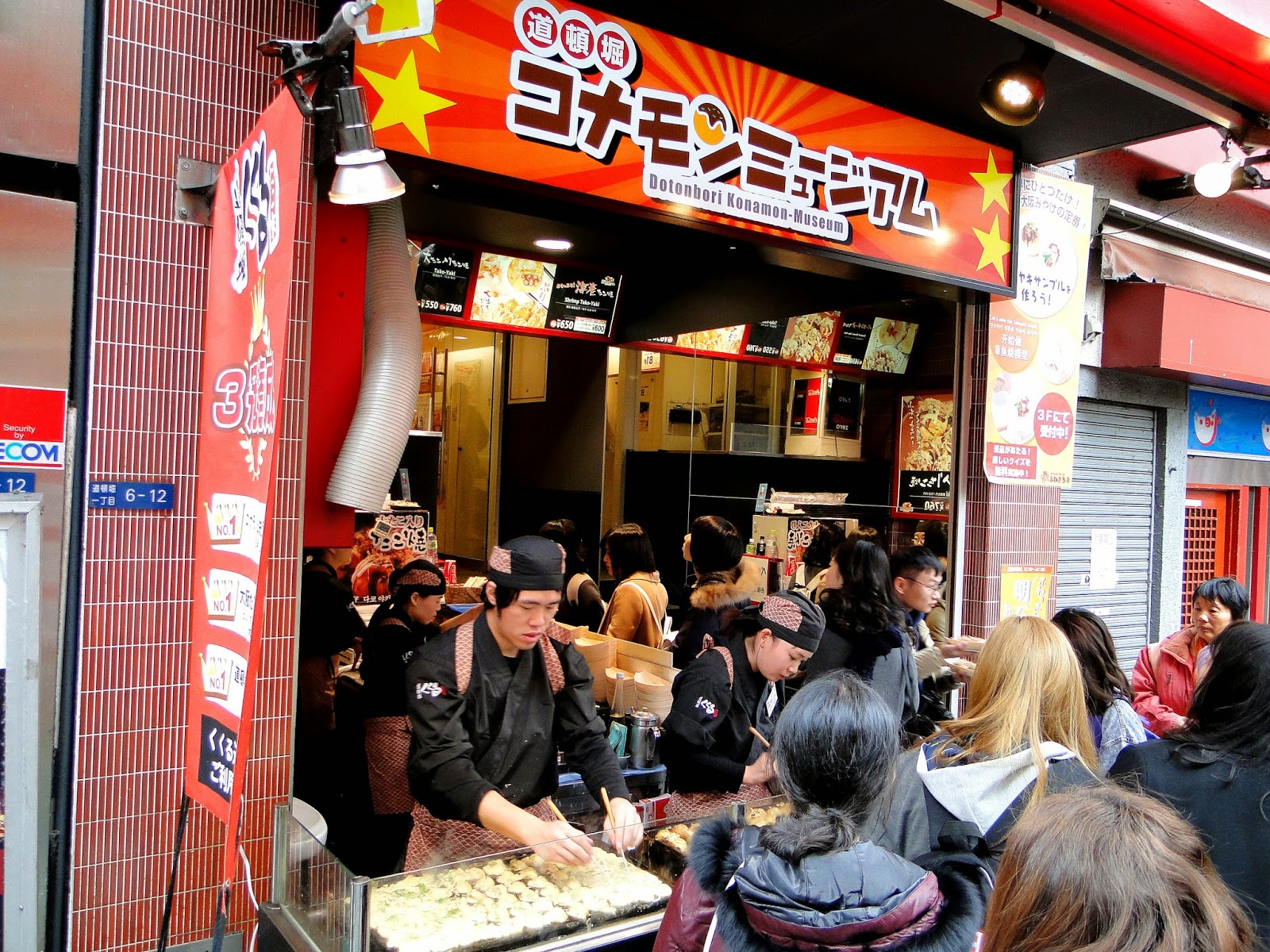
3. Takoyaki – Dotonbori Konamon Museum
But hold up! There is another Takoyaki place that you should visit! They not only sell Takoyaki but there is a museum on the level above where you will be able to learn more about the culture and history of Dotonbori and learn about the roots of “konamon”, or flour-based foods.
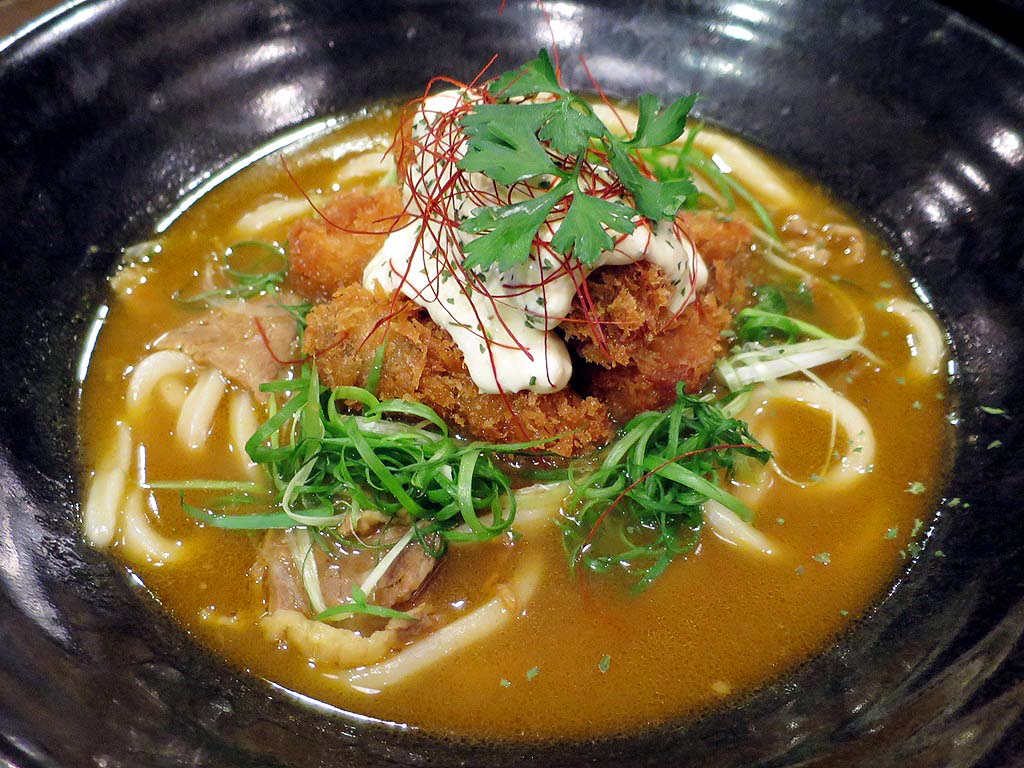
4. Handmade Udon – Sanshu Udon
Udon is probably one of the most versatile dishes in Japan. It can be cooked and eaten in so many different ways – Zaru Udon which is eaten cold, Kake Udon which is plain clear udon with broth eaten hot, Kitsune Udon served in hot broth and so much more.
In Osaka, you will find the Kansai version, where the udon is served in a lighter broth than the Kanto version in Tokyo. For that, you can check out Sanshu Udon. They use natural ingredients and make their udon fresh every day by hand. If you are game to try something new, they also have a flavoursome Japanese curry udon on the menu.
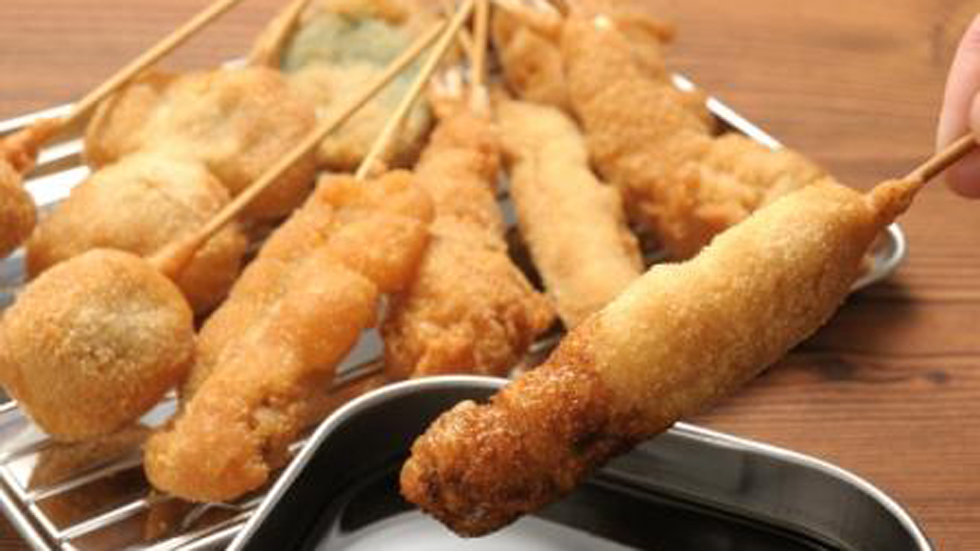
5. Kushikatsu – Kushikatsu Daruma
Kushikatasu is a must-try in Osaka. These delectable bite-sized portions of vegetables or meat are skewered, battered and deep fried to a crispy golden brown. Said to have originated from Shinsekai in Osaka, you can now find lots of kushikatsu restaurants all over Osaka.
One of the most popular places for Kushikatsu will be the famous Kushikatsu Daruma chain of restaurants in Osaka – they have been serving kushikatsu since 1929. The outlets are small, with counter seating only. There are over 30 different types of tasty morsels on sticks here, which includes beef, white fish and asparagus. You can dip the skewers in a special sauce (the dipping sauce that is meant for sharing, so do note not to double dip!) for maximum flavour.

6. Oden at Kuromon Market
I am sure all of you have some sort of impression that all Japanese food is always nicely presented and colourful…but not when it comes to this dull and not-very-pretty dish that is very well loved by all the Japanese. A dish that the Japanese will consume during winter to keep themselves warm, it includes a combination of radish, tofu, fish cake rolls and so many more! Despite the aesthetics of the dish, do not worry for it will definitely not disappoint.
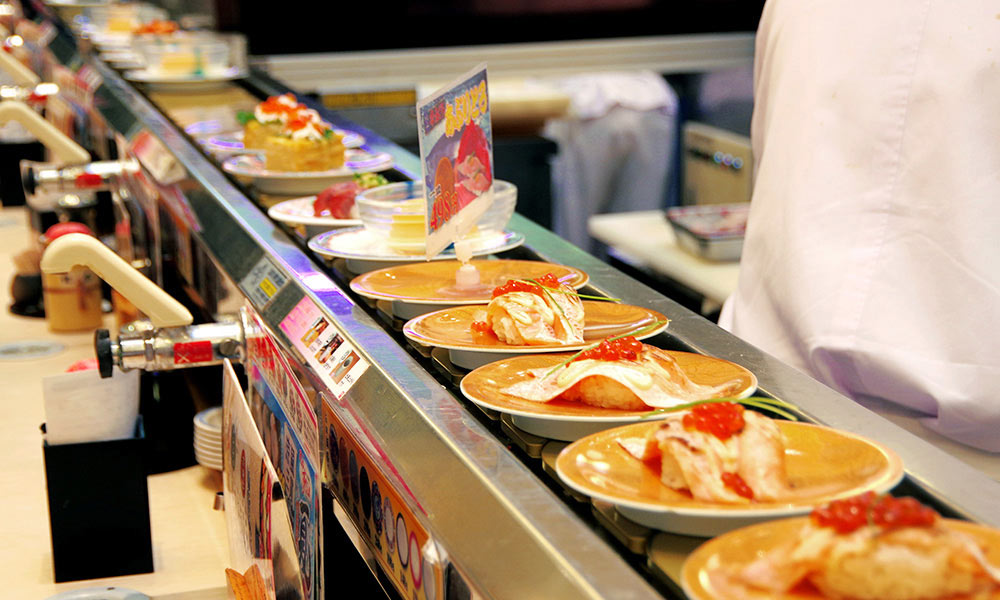
7. Sushi – Tokisushi
If there is any place you should go for sushi, it’s Tokisushi. The real deal conveyor belt sushi is priced very reasonably at Tokisushi. Enter the restaurant and sit at the counter tables to order your sushi just like the locals do. You can eat to your heart’s content as each plate of sushi is priced at only 158 yen each! Serving dishes such as the Toki Yaki, Toro, Uni, and the amazing Torigai (Japanese egg cockle).
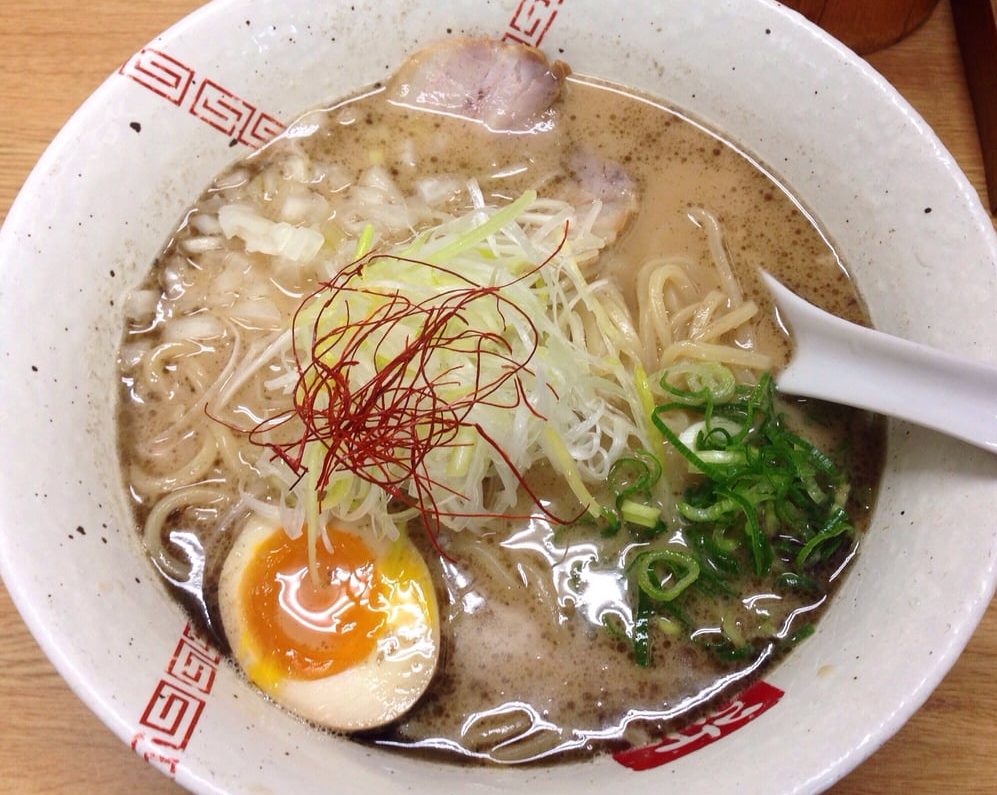
8. Ramen – Ramen Yashichi
Aside from sushi, Ramen is the next most quintessentially Japanese dish, and something that the Japanese take very seriously. Stop any Japanese along the road and ask them which shop is their favourite and e will bet that Ramen Yashichi will certainly be mentioned. It is ranked 39 on review website Tabelog’s top 50 ramen restaurants for 2016.
At Ramen Yashichi, there are three main ramen options on the menu that you can choose from – Shoyu (soy sauce), she (salt) or tsukemen. You will have to go to a vending machine, and then get a ticket- Although a foreign concept for many visitors to Japan, you’ll look like a local in no time if you know how it works beforehand. It is a small restaurant that serves quality and flavourful ramen that will definitely wow you! Definitely worth waiting in line for.
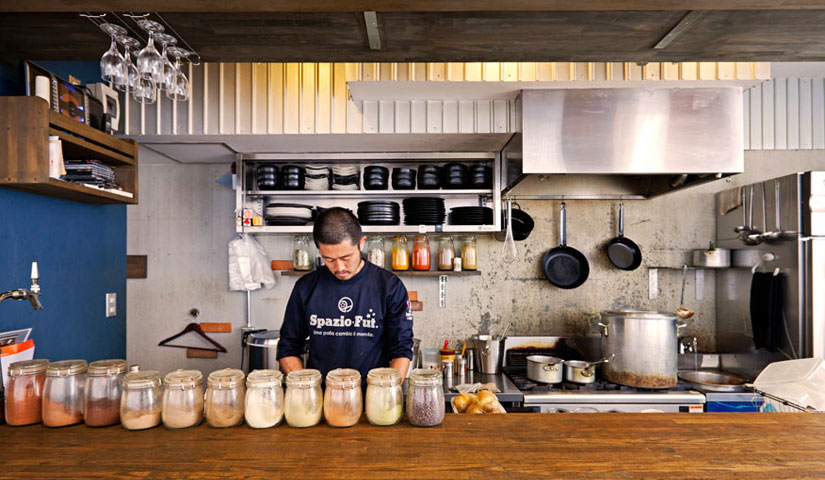
9. Ghar Curry
Japan is known for having some of the best international restaurants in the world. Ghar curry is a restaurant that serves one of the best traditional Indian dishes with a contemporary, Japanese twist to its food. A fun way to discover the fusion cuisine scene in Osaka! Great food, great reviews with a great atmosphere..
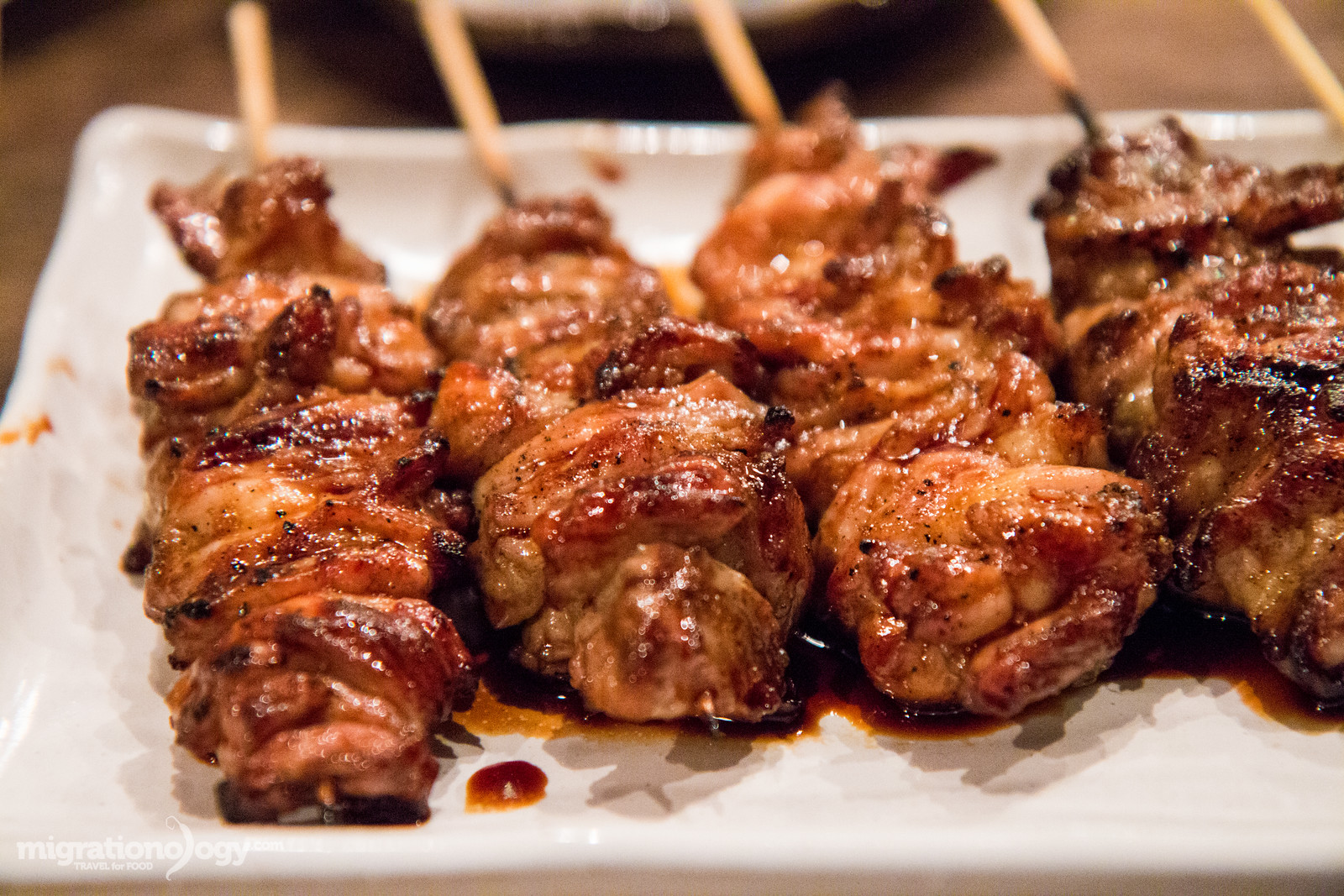
10. Tayutayu Nambasennichimaeten
So, you’ve got a great list of places to check off your list to enjoy authentic cuisine in Osaka already, but there is more! You may already be familiar with the word izakaya, if not then it is often translated as a sort of informal Japanese gastropub. Tayutayu Nambasennichimaeten is an izakaya that specialises in grilled pork known as yakiton and is often served with more unnusual cuts of pork. Rest assured it is a very flavourful stick that has an impeccable smoky taste to it. Come and squeeze in to the small space and rub shoulders with the locals to experience this unique Japanese cuisine as well as culture.
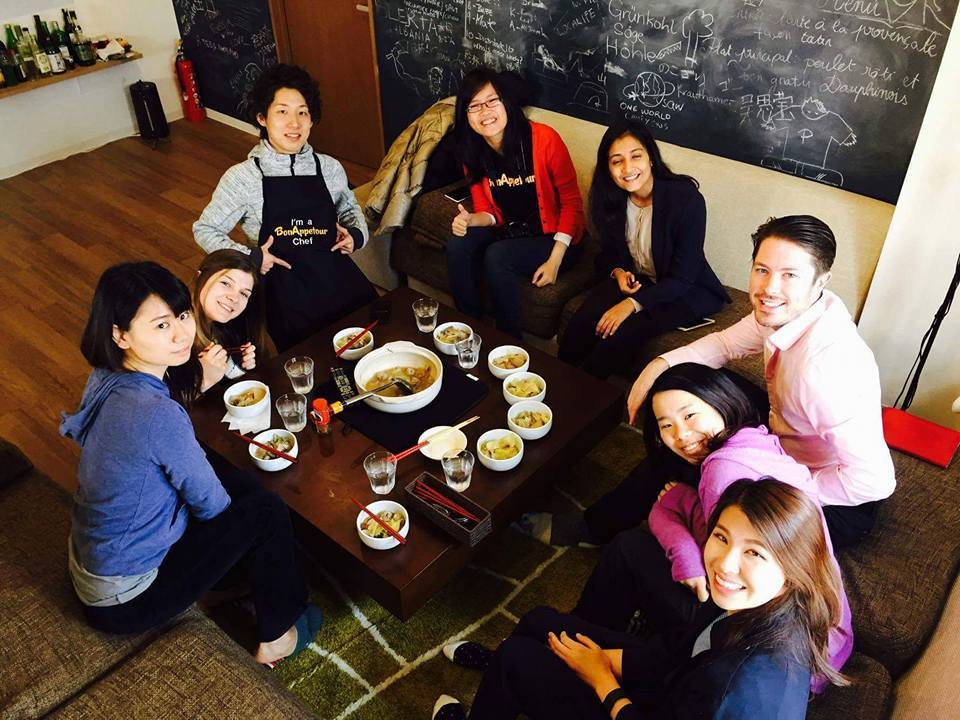
11. BonAppetour Dinner
If you are really looking for an off-the-beaten path experience that gives you an insight into local life, this is one to try. Organised by BonAppetour, you will be given the opportunity to go to a local’s home and dine at their place, eating lovely home cooked food, sharing stories about Japan, introducing must-eat restaurants and much more. The possibilities are endless! Head over now, to subscribe as well as sign up and book the next meal that you are going to have with your hosts.
If you know of other must-eat dishes in Osaka, leave a comment in the section below! We would love to hear about them!
Image Credits: banner / 1 / 2 / 3 / 4 / 5 / 6 / 7 / 8 / 9 / 10

